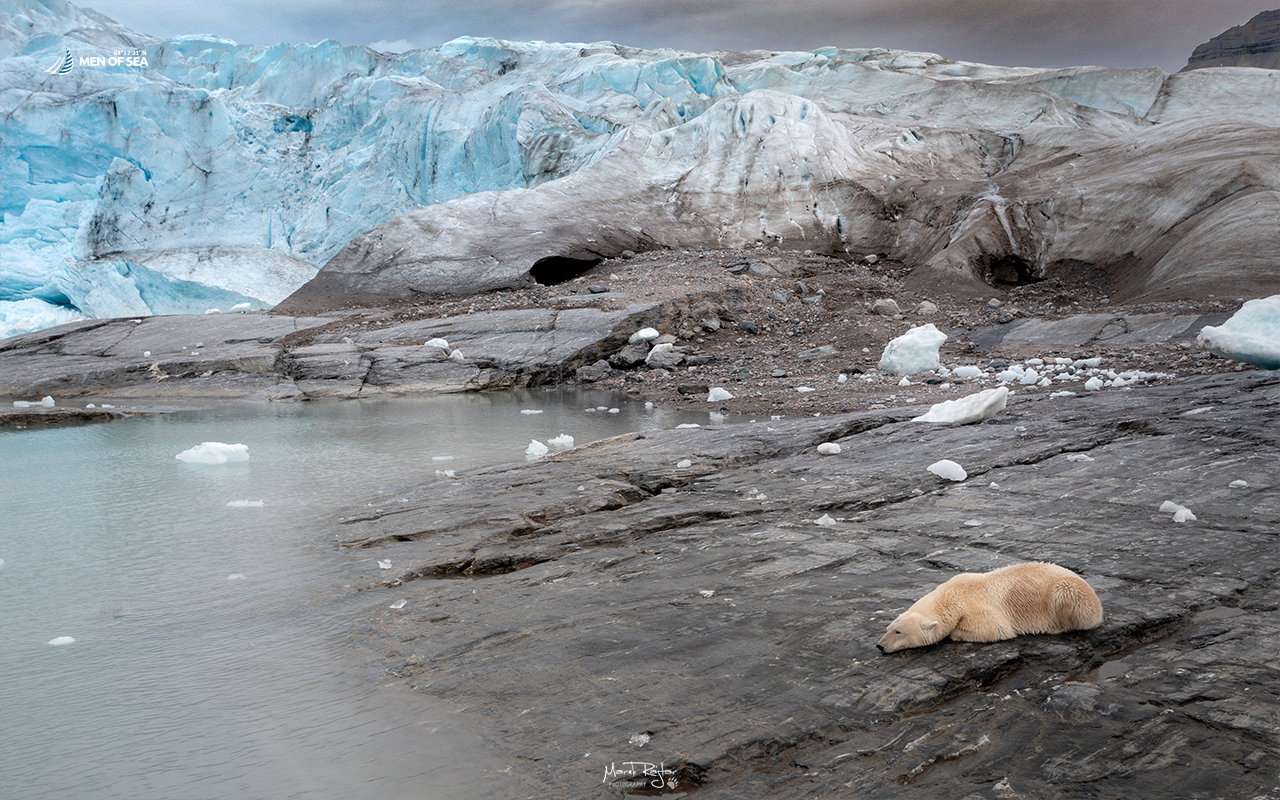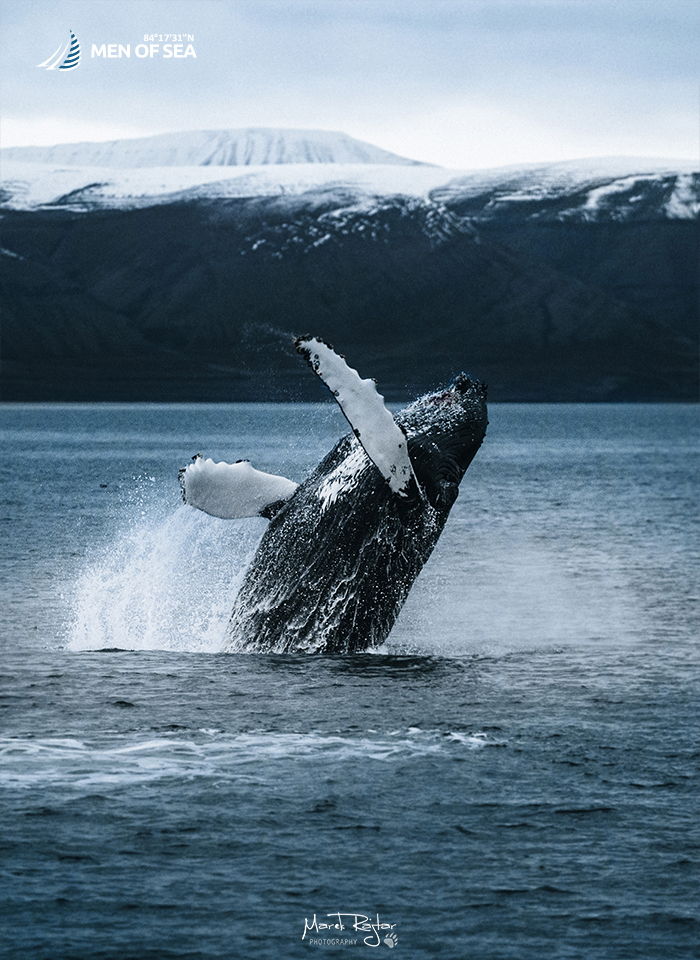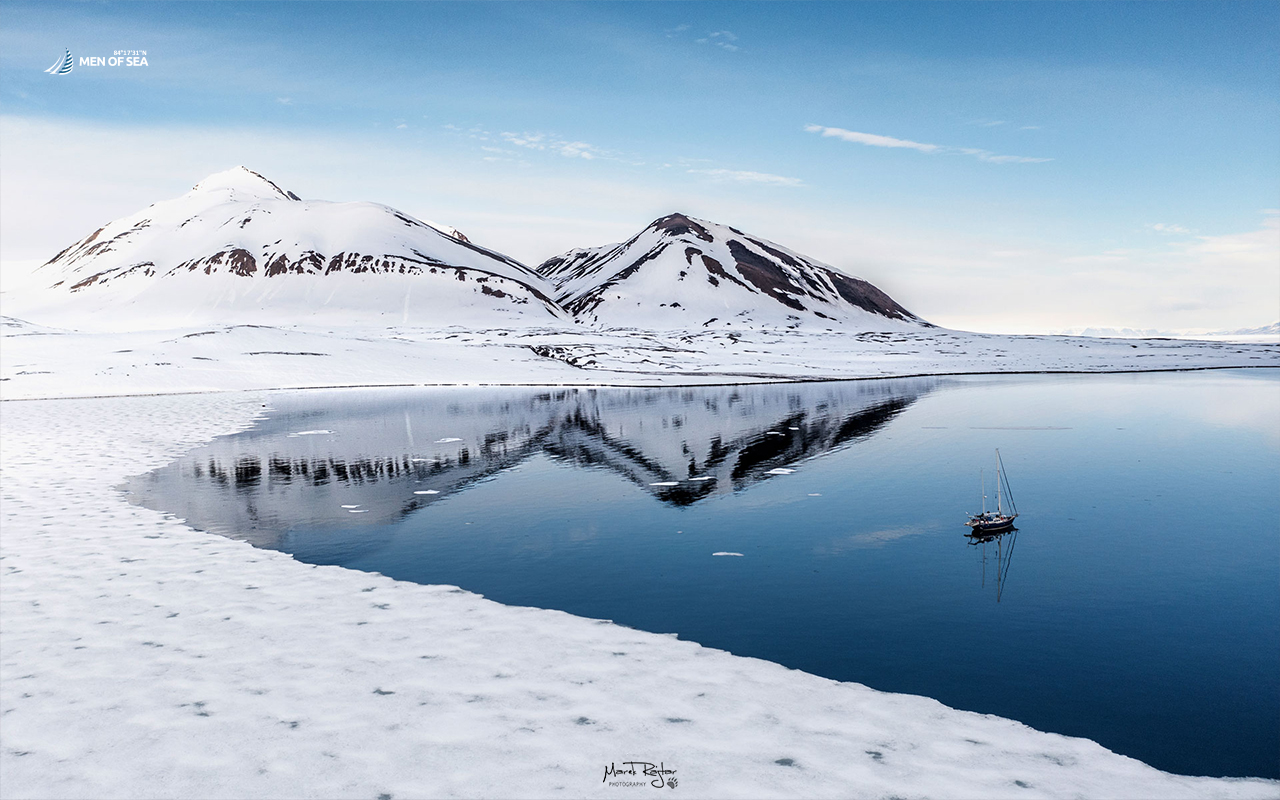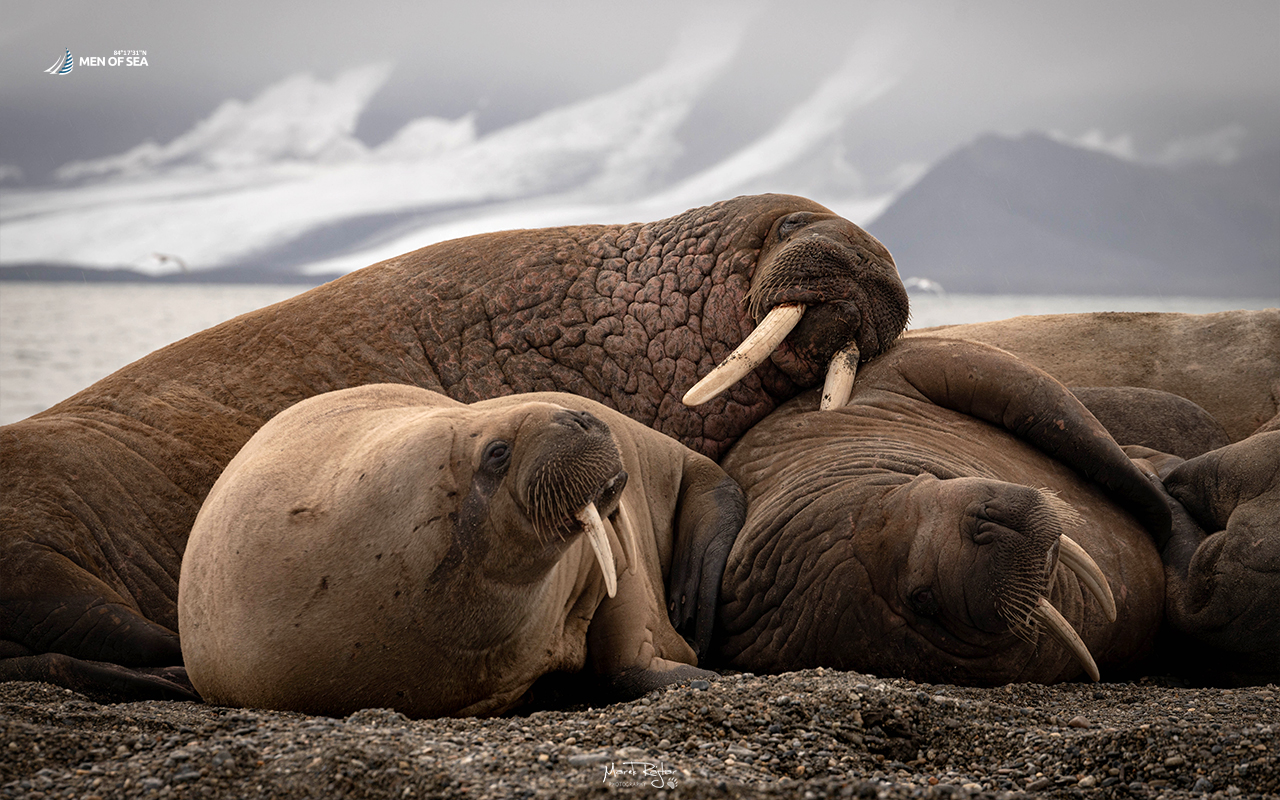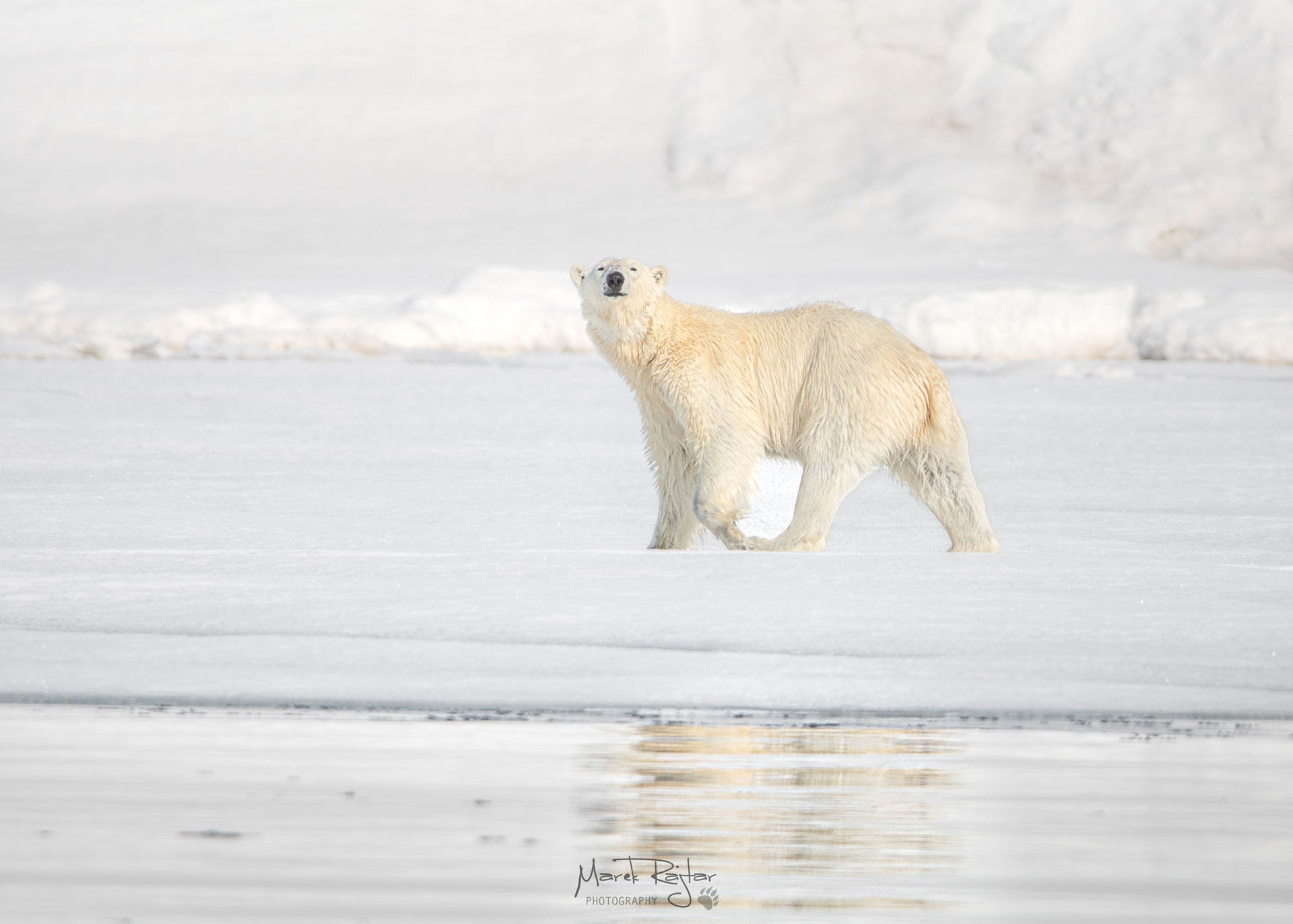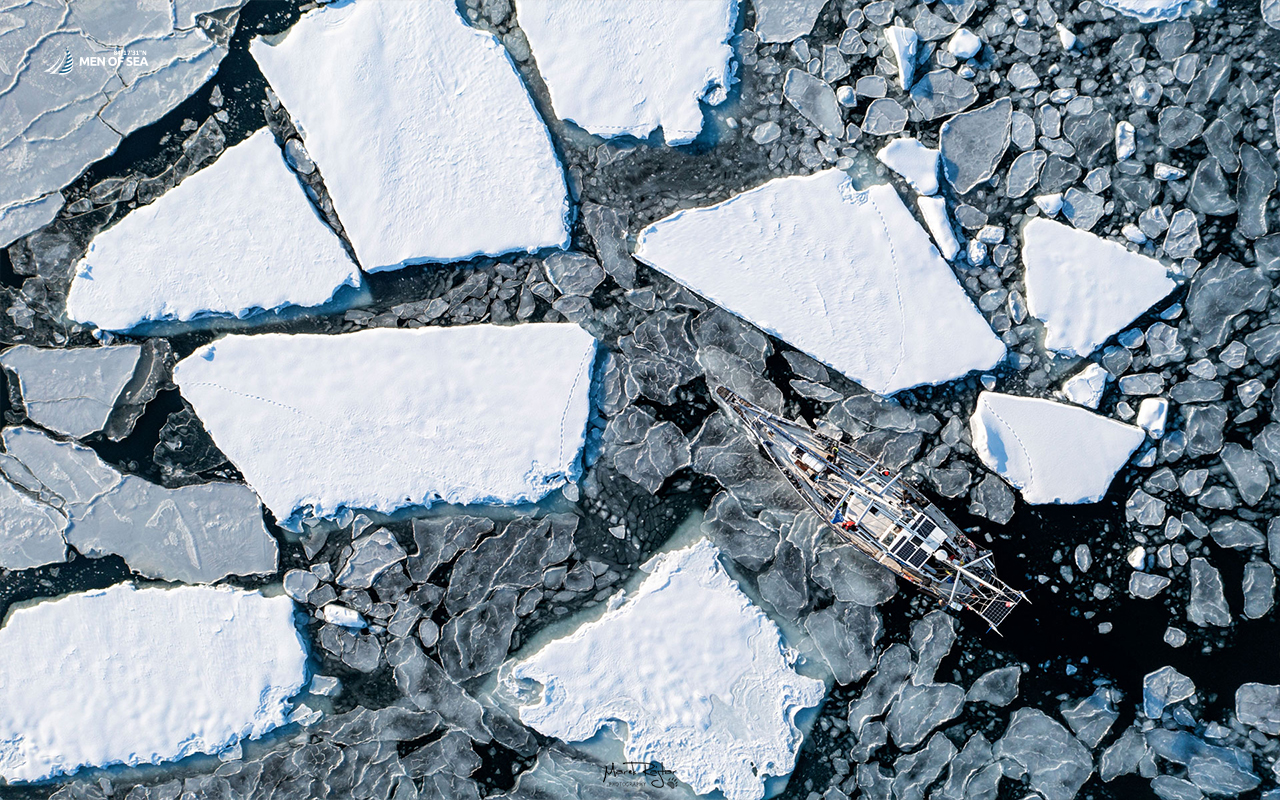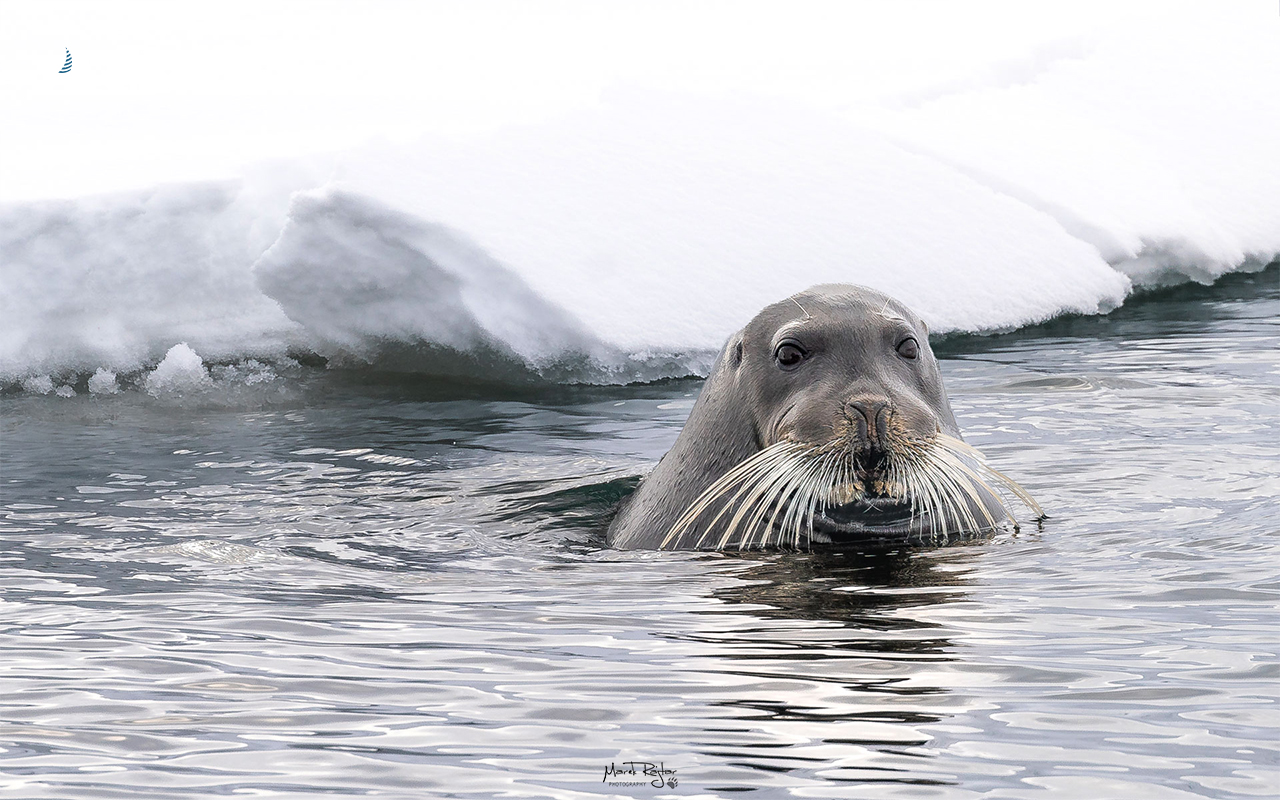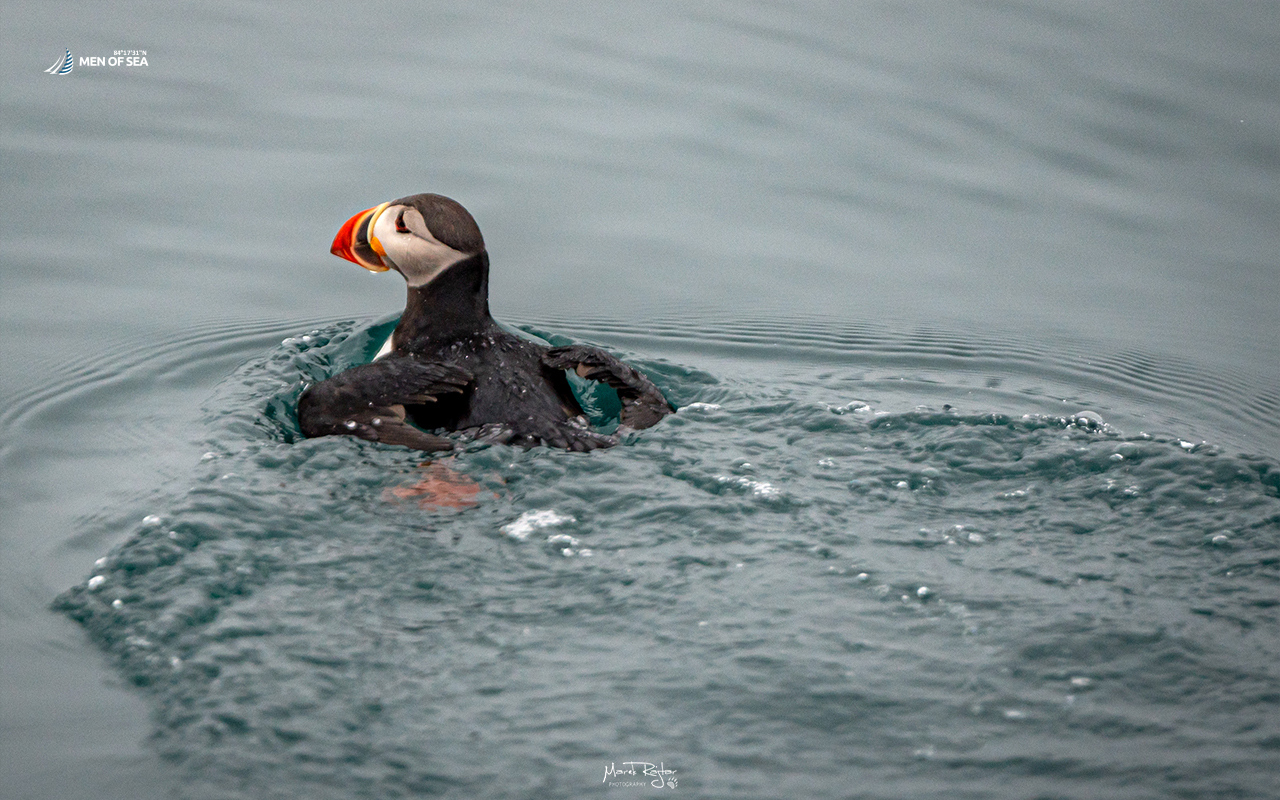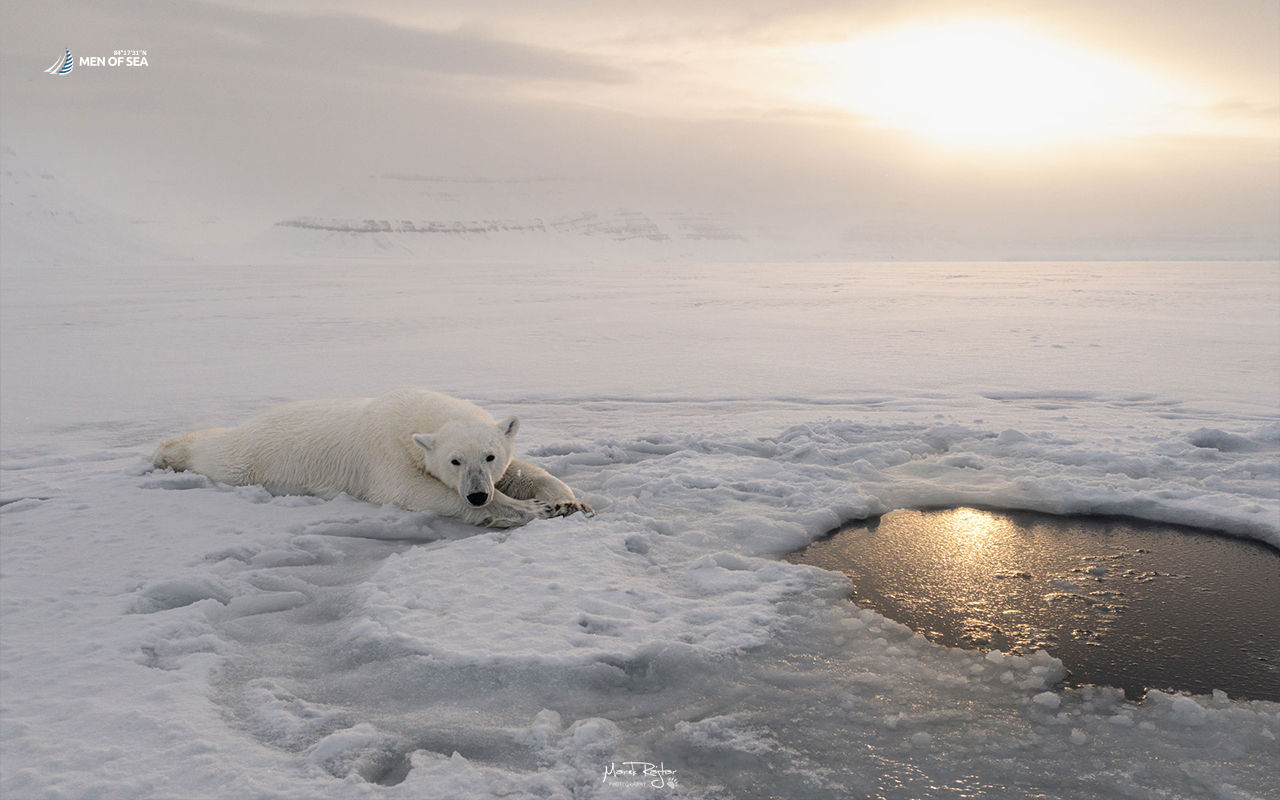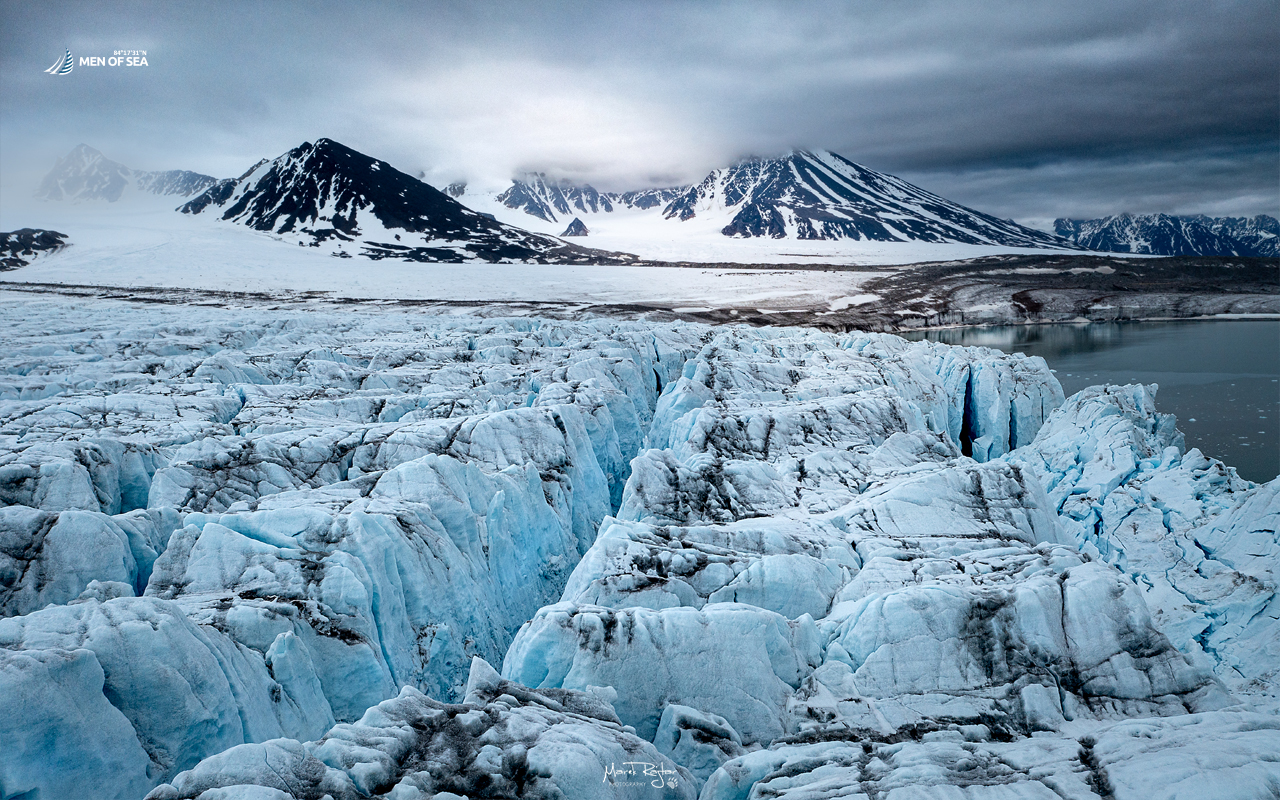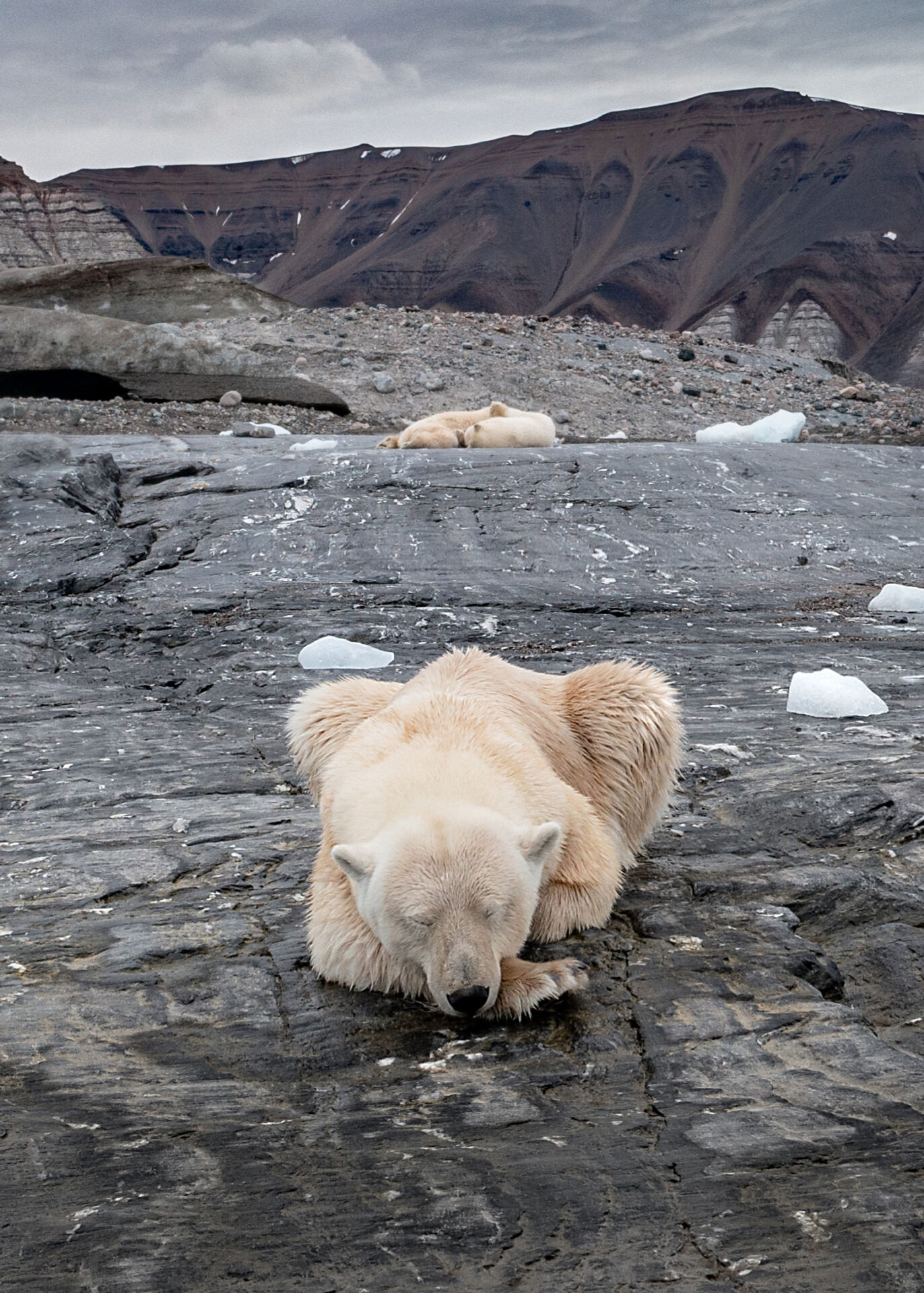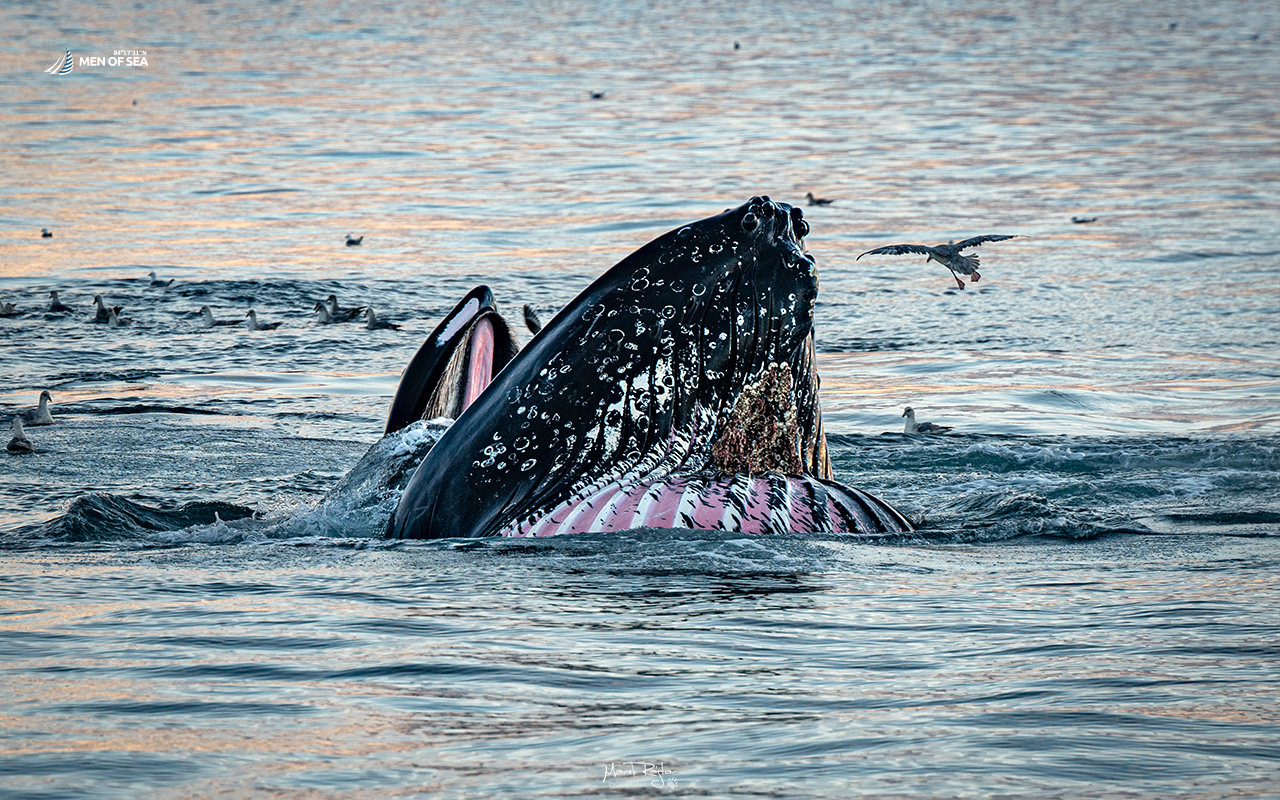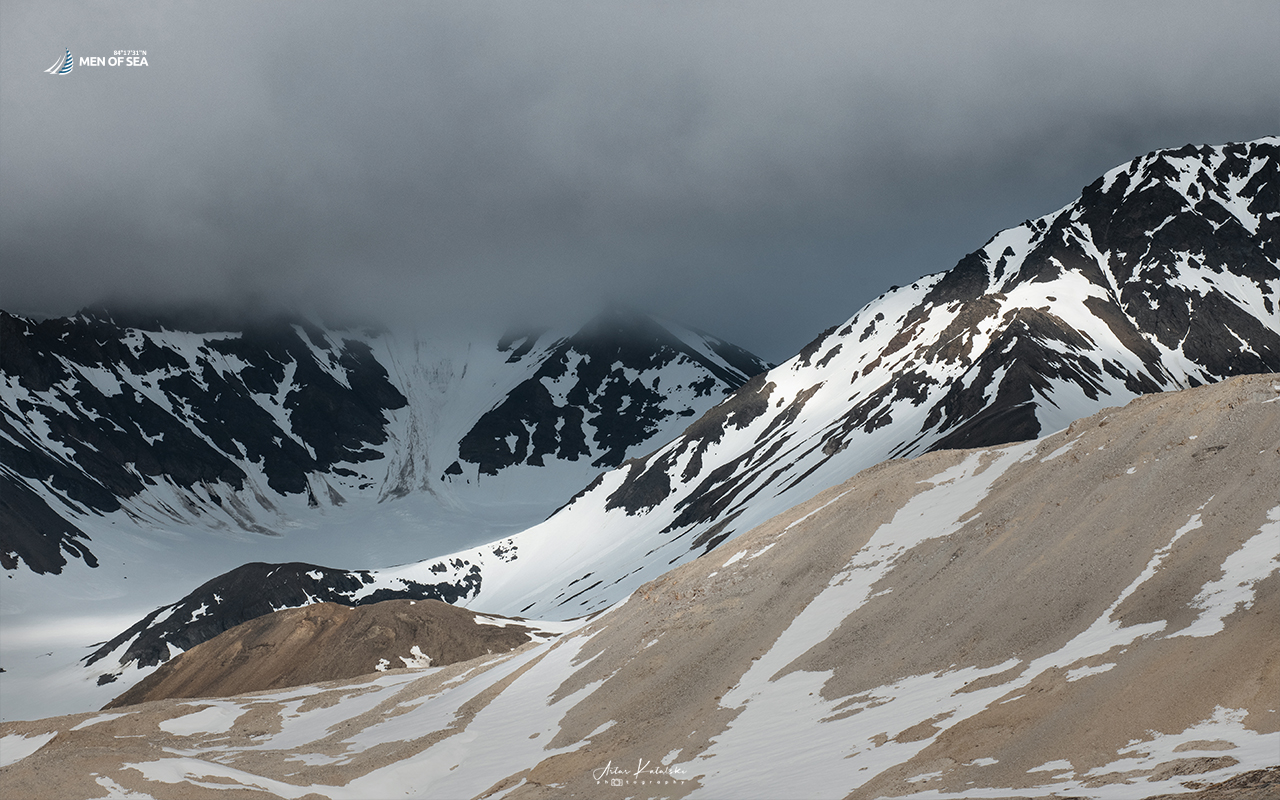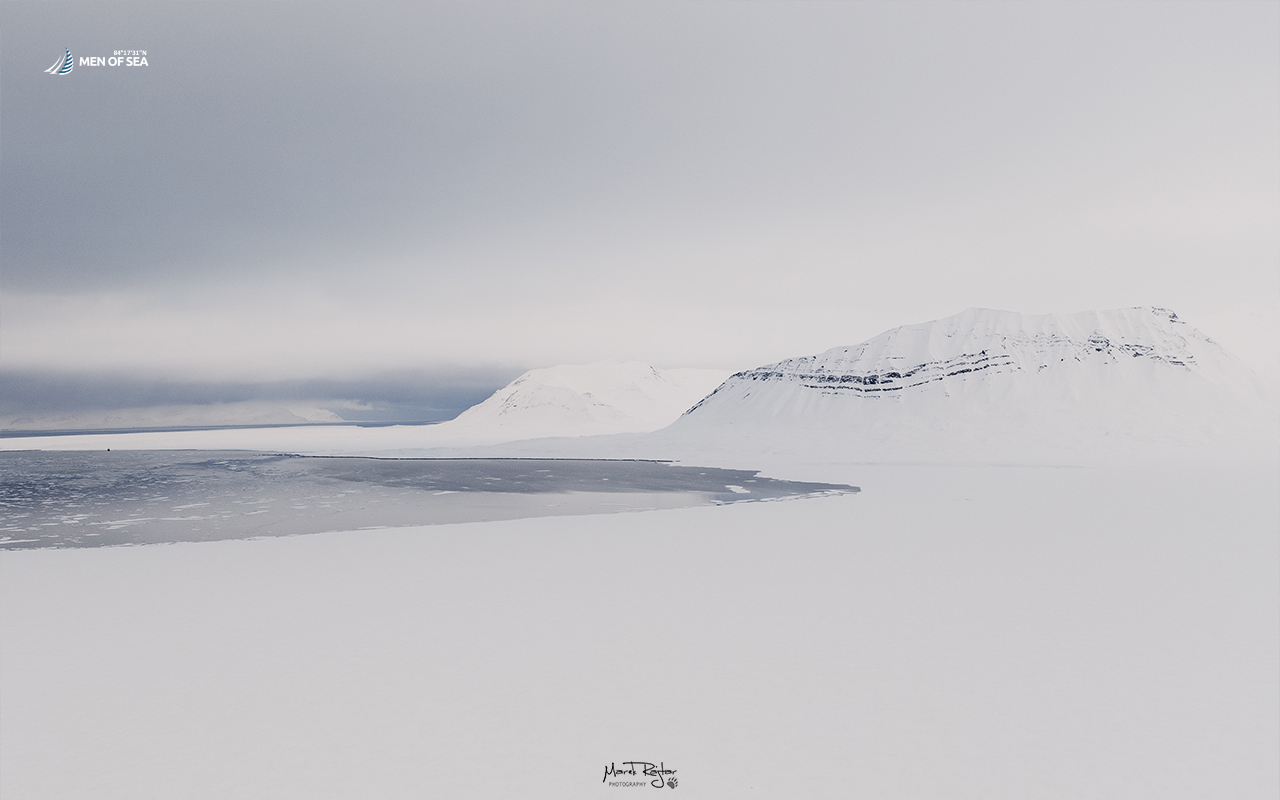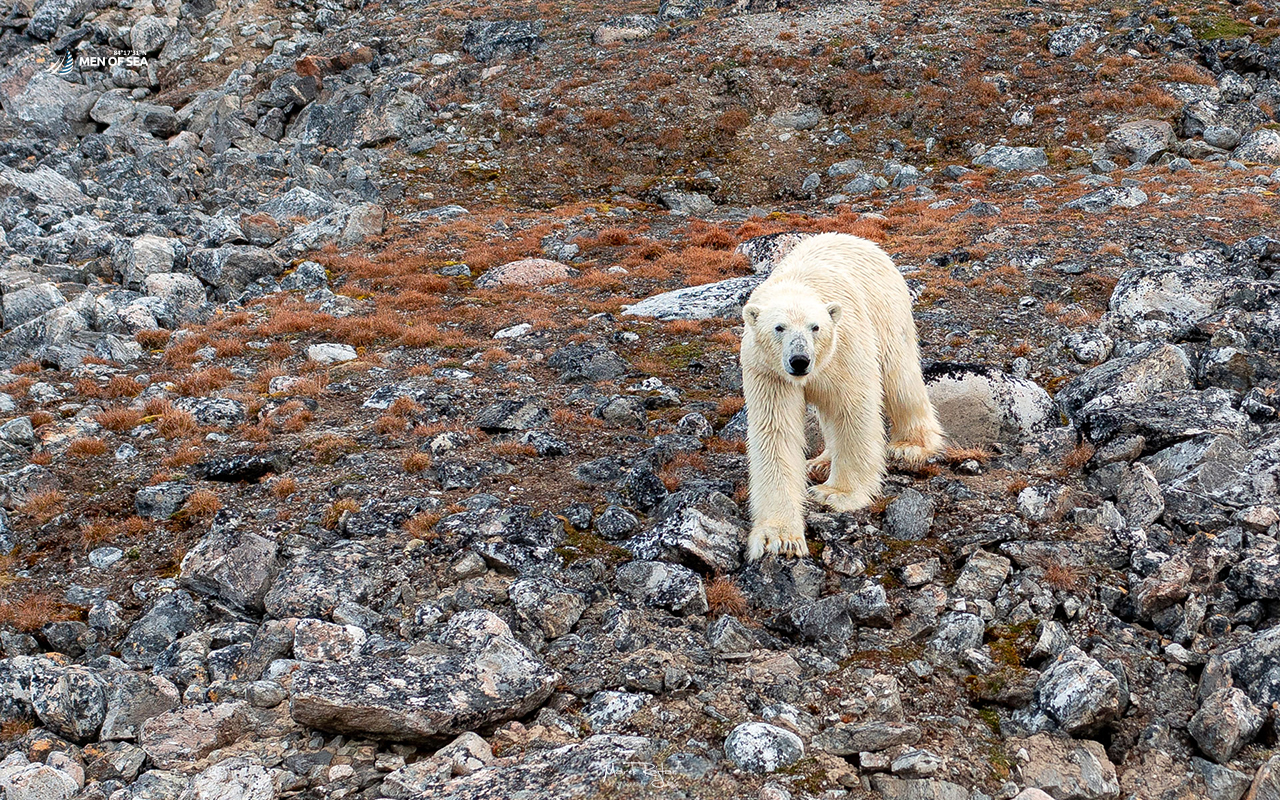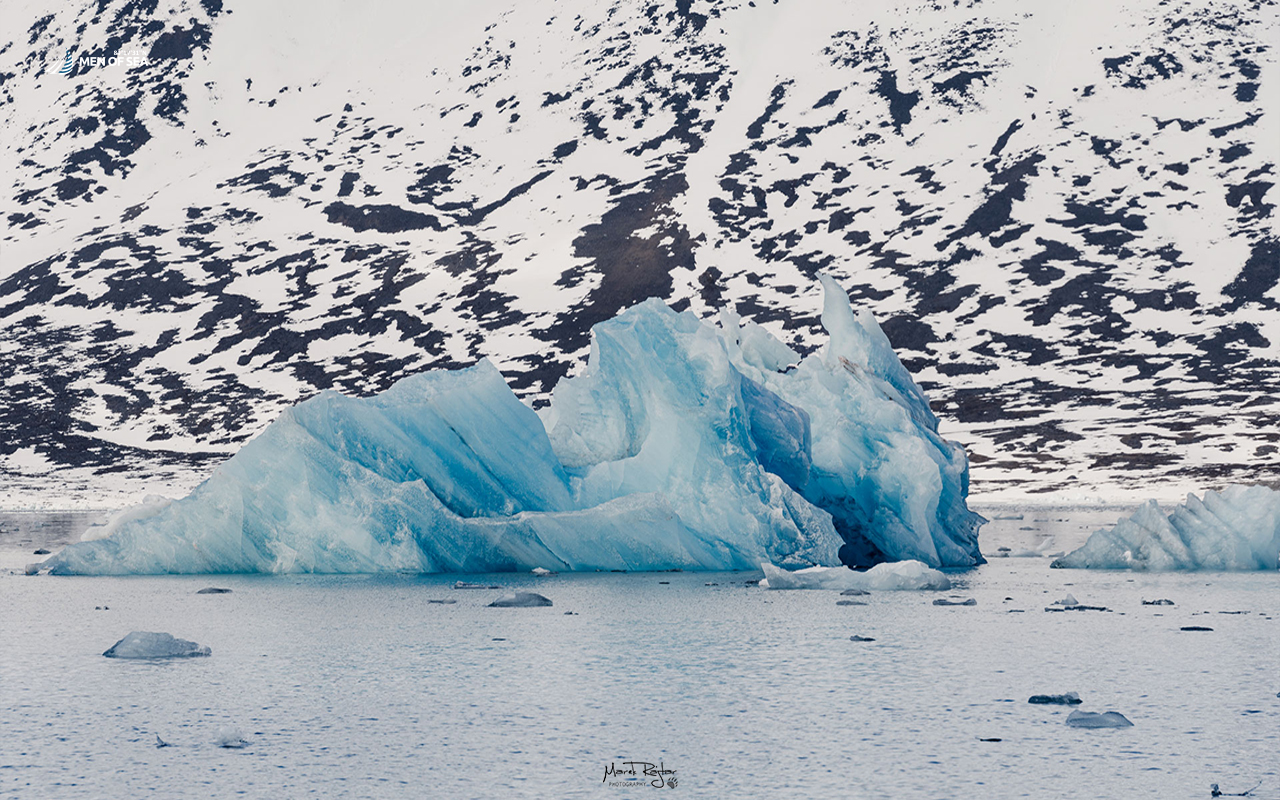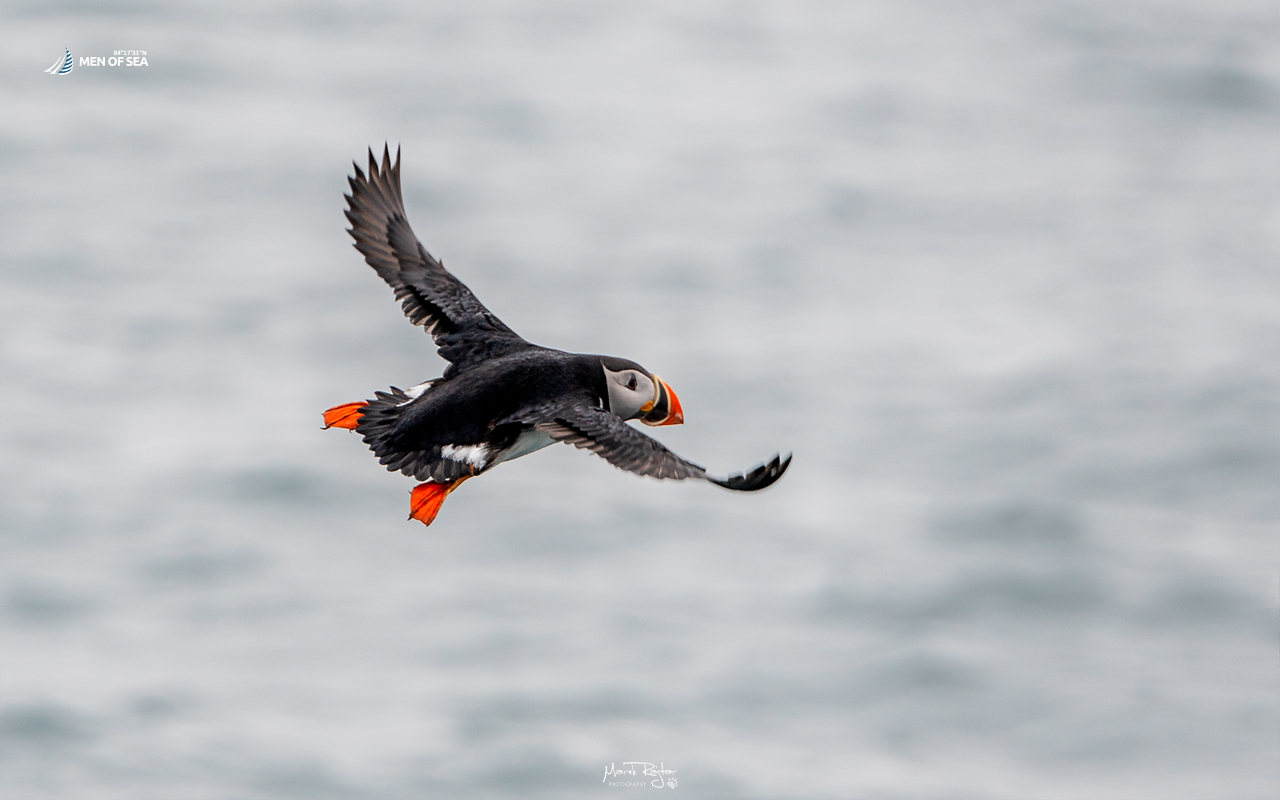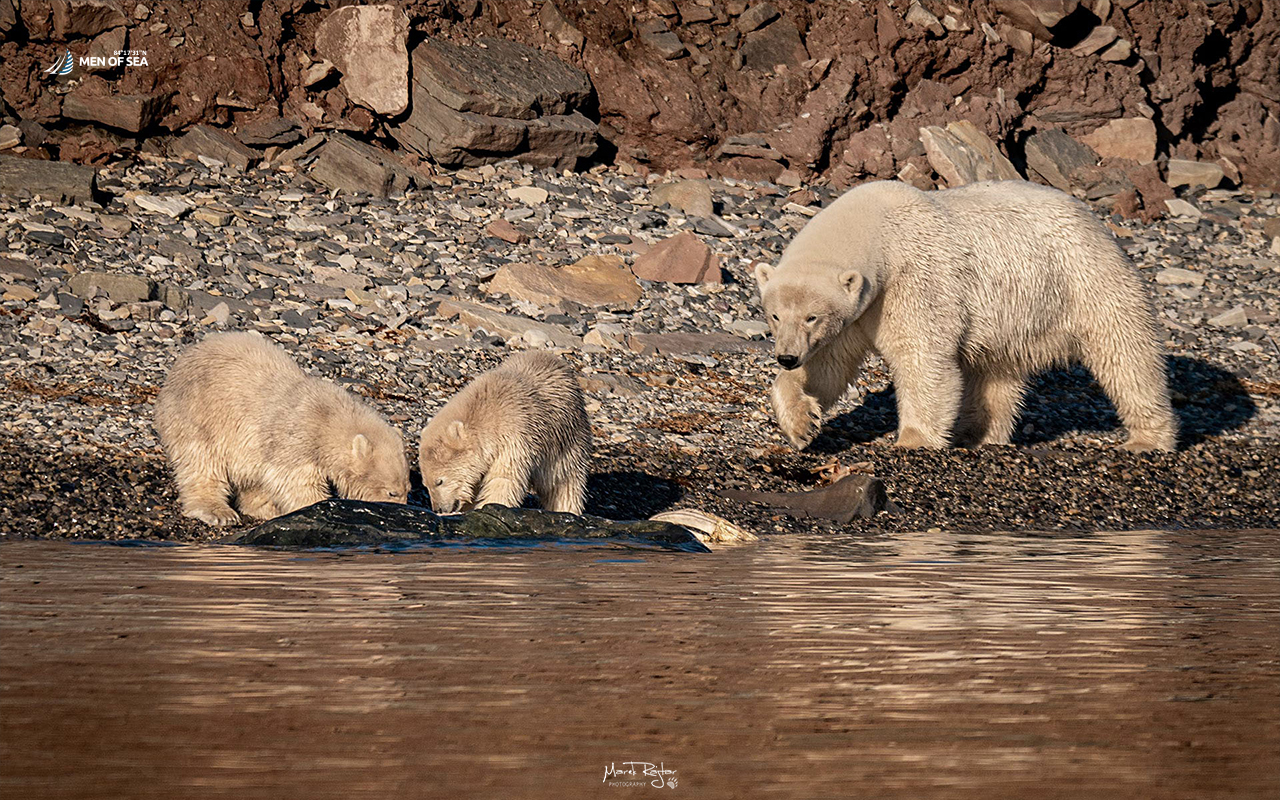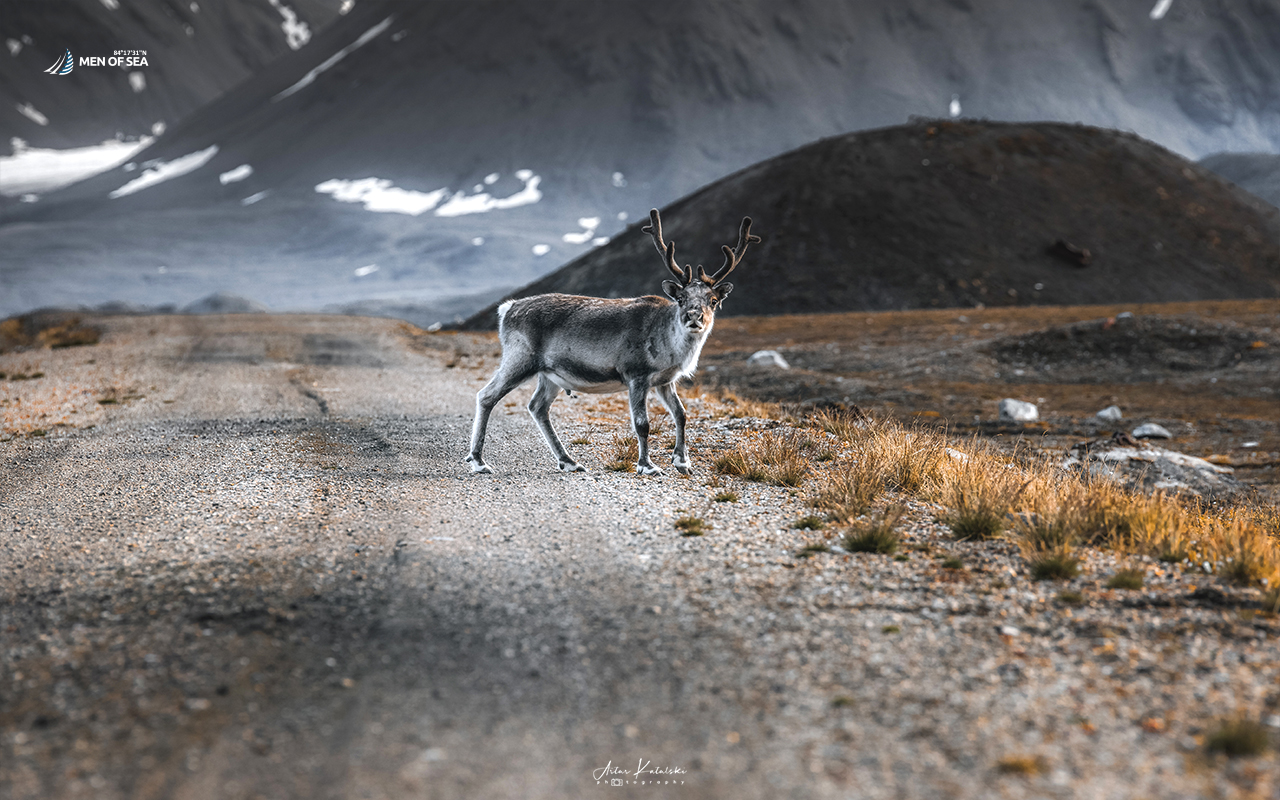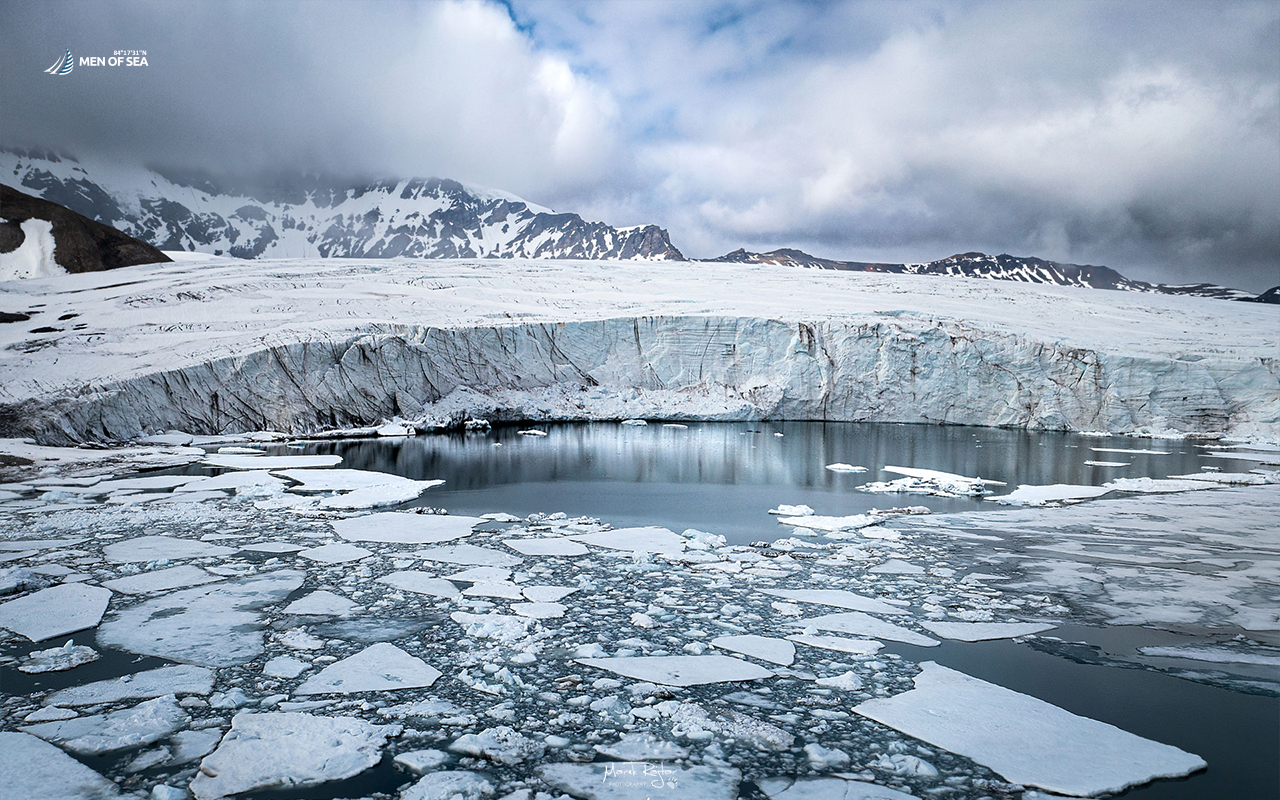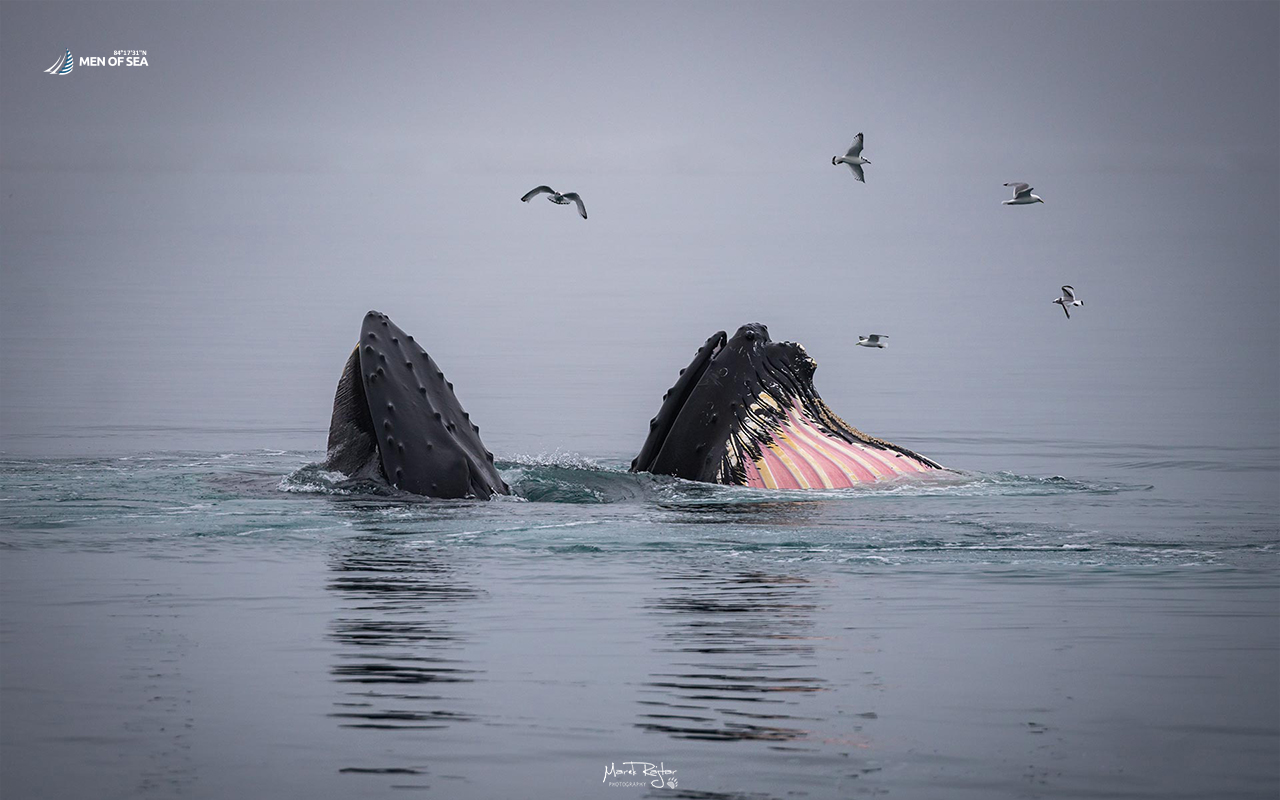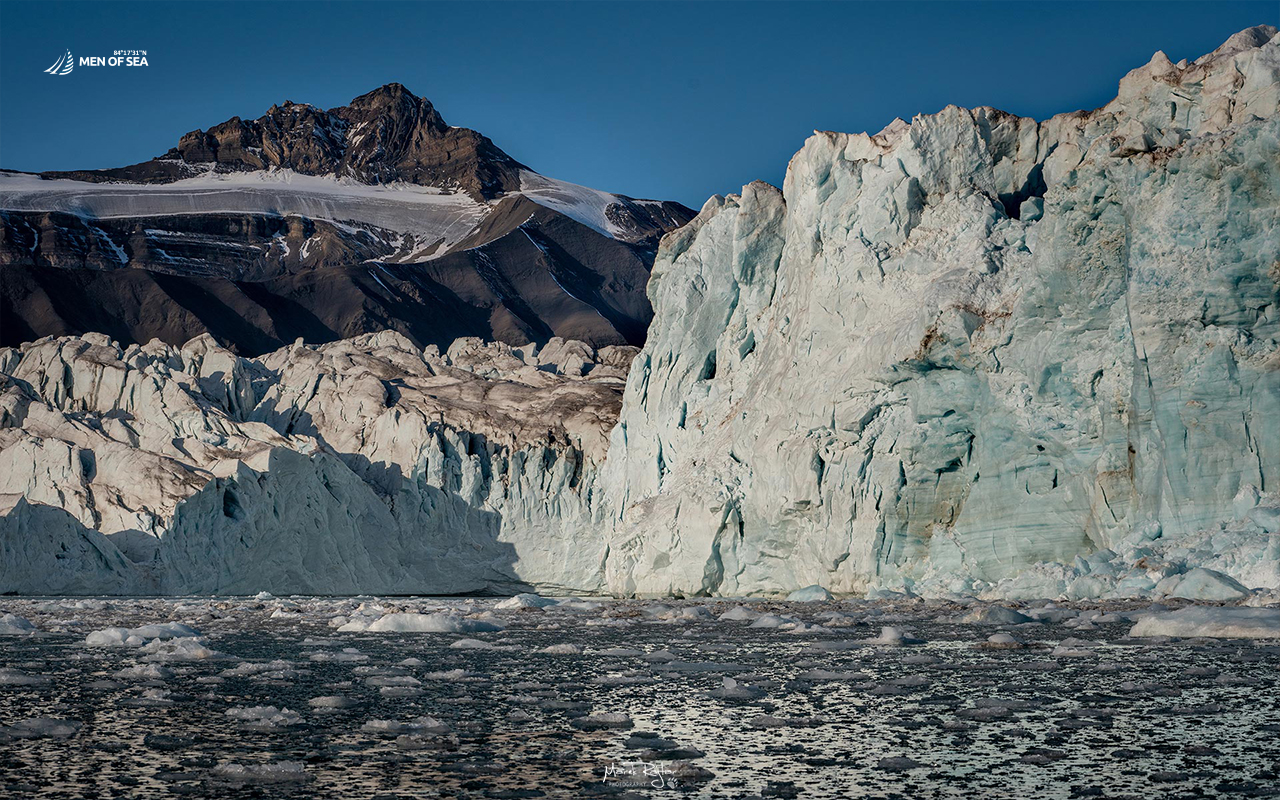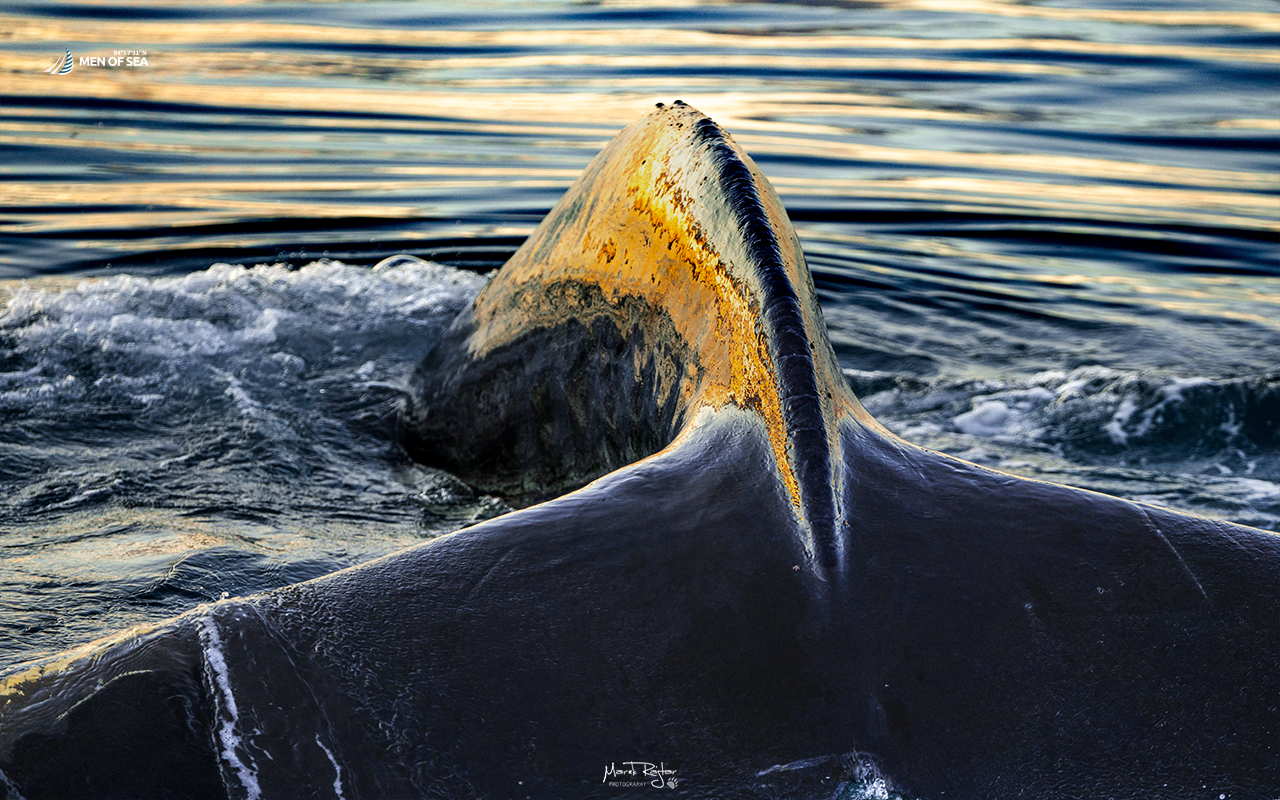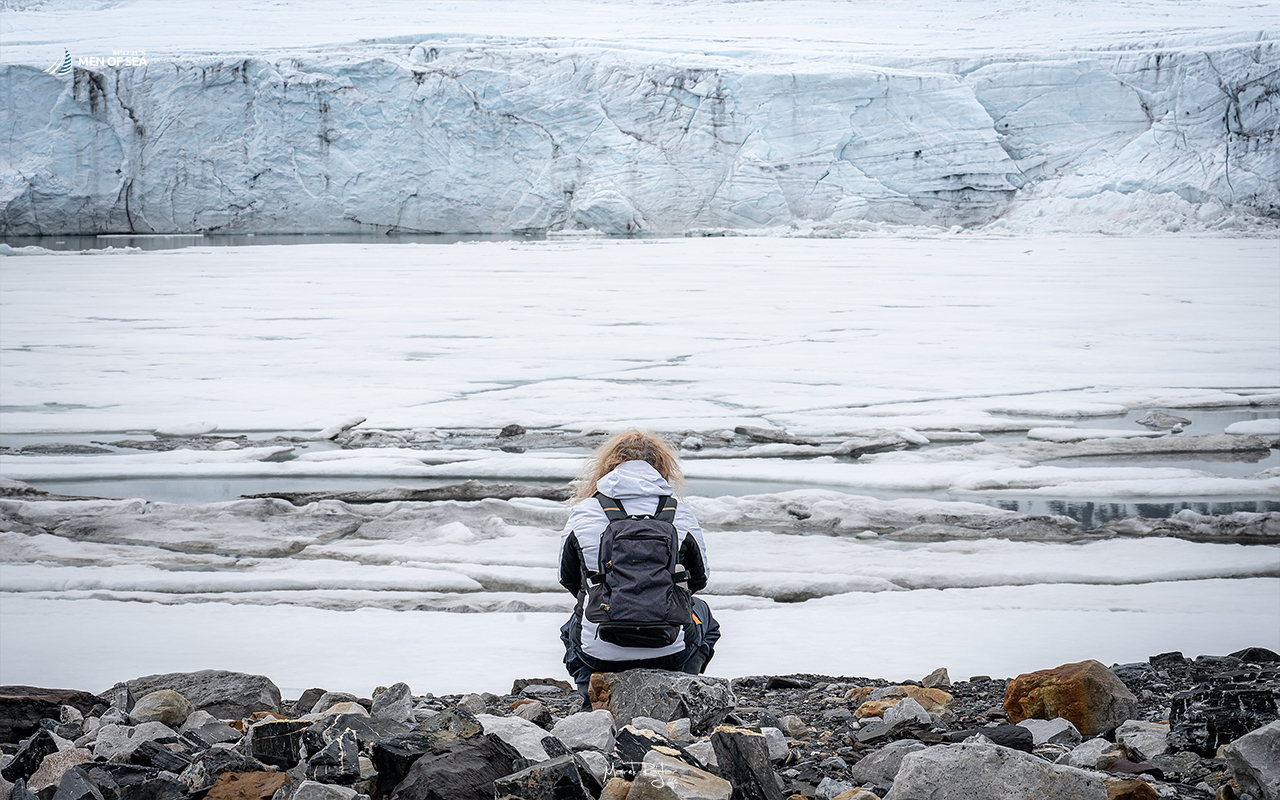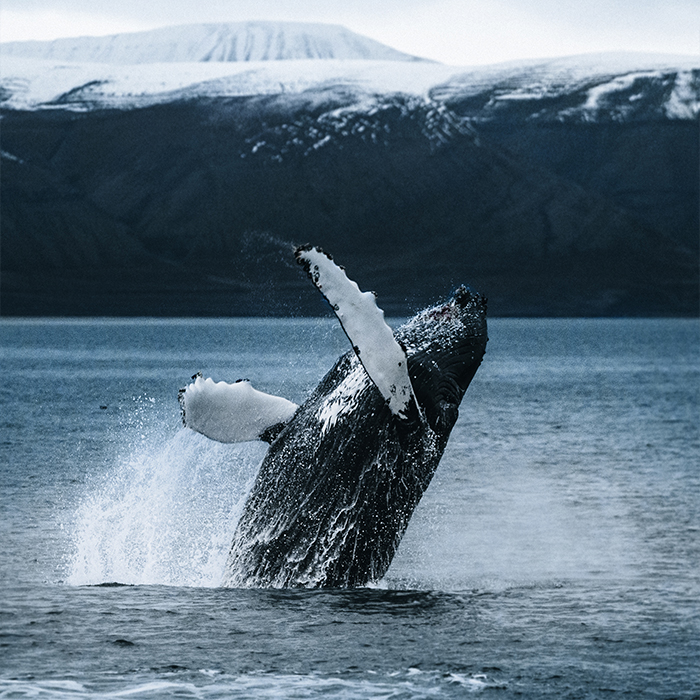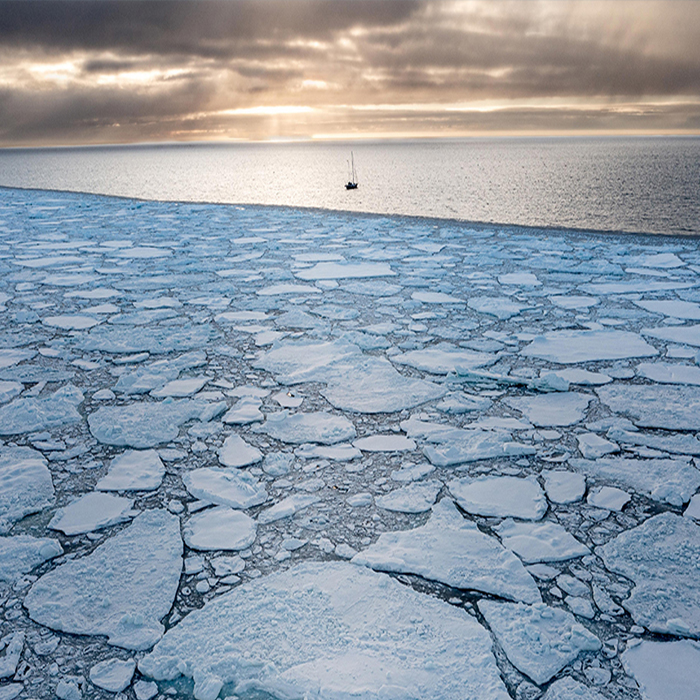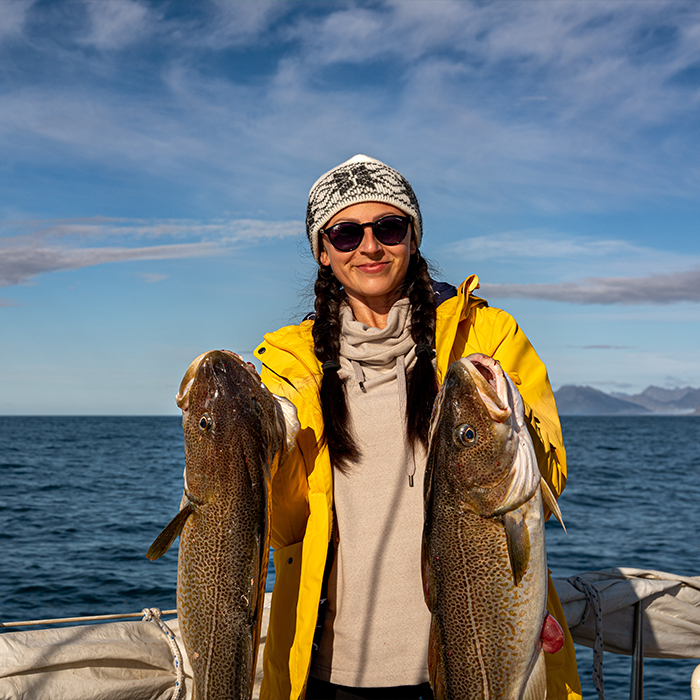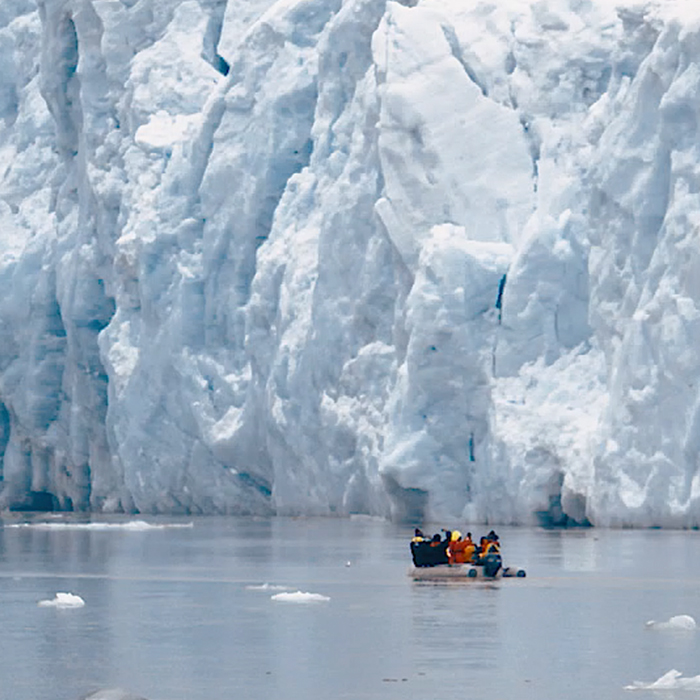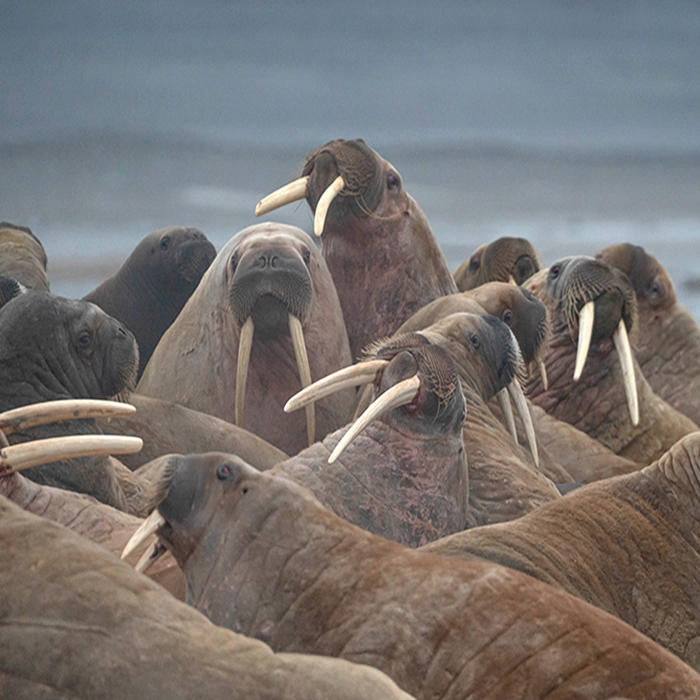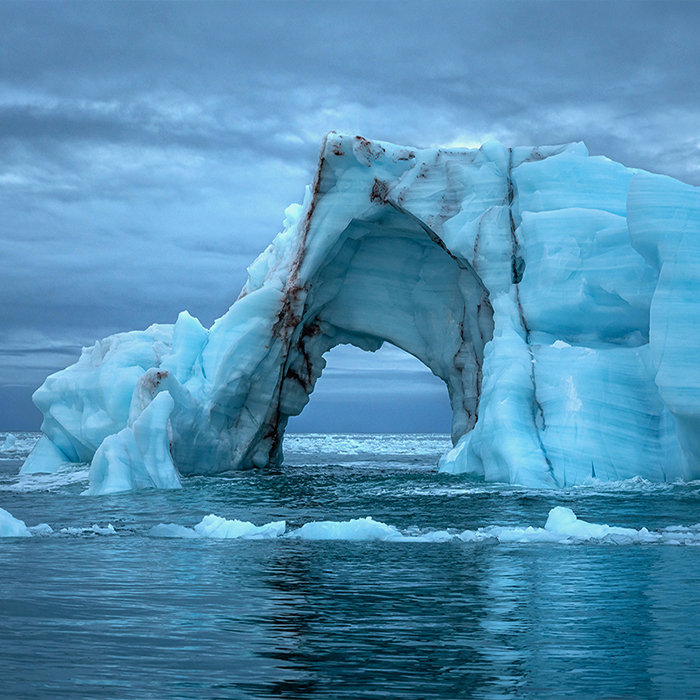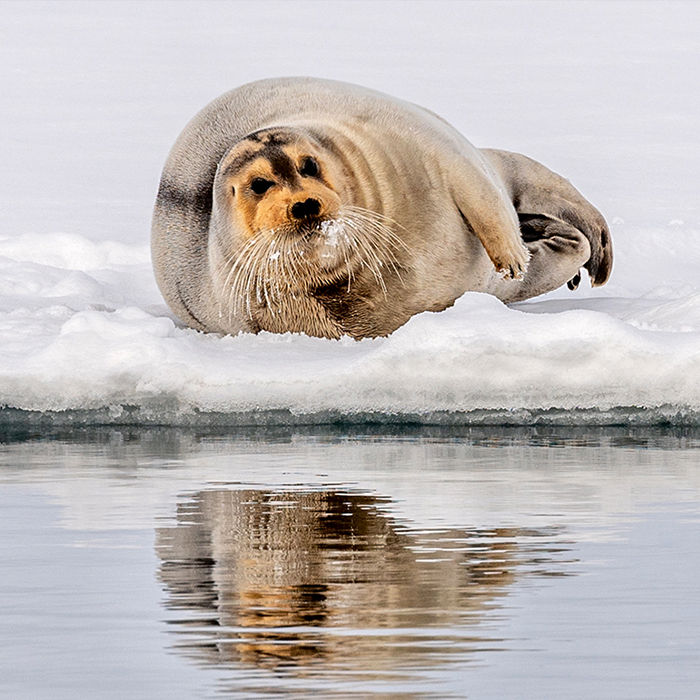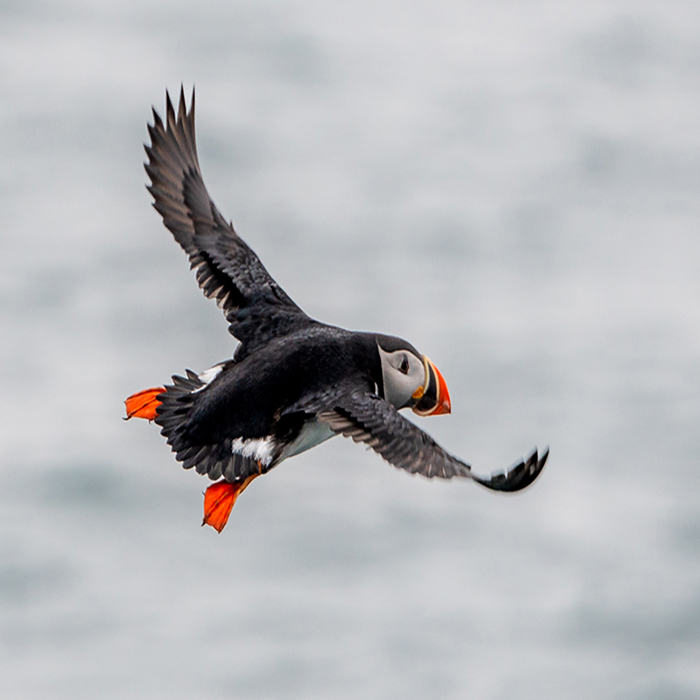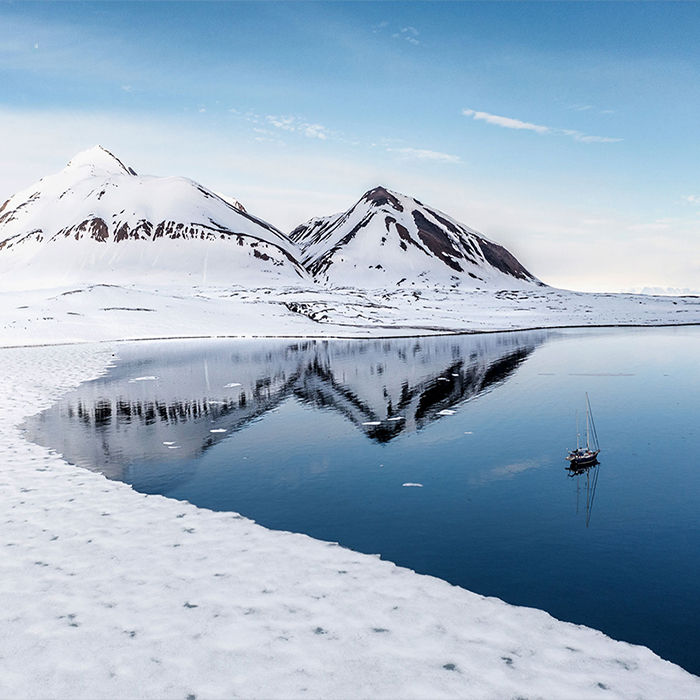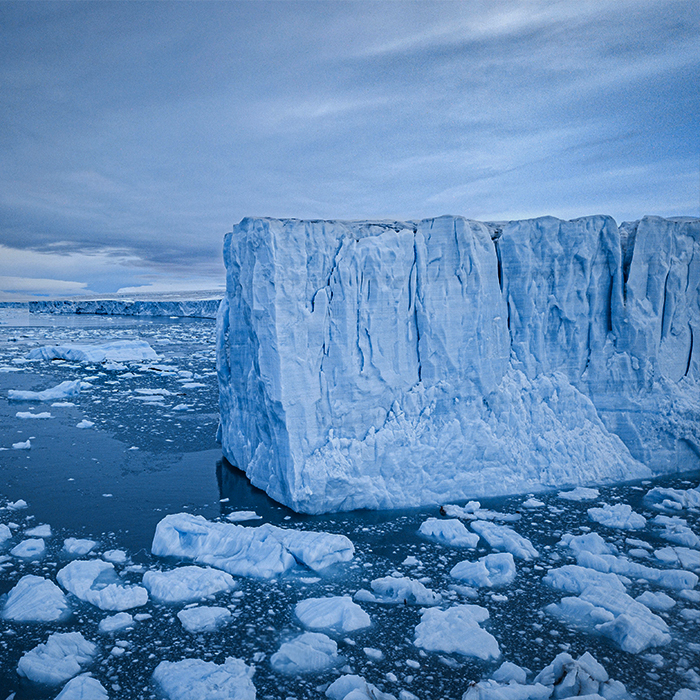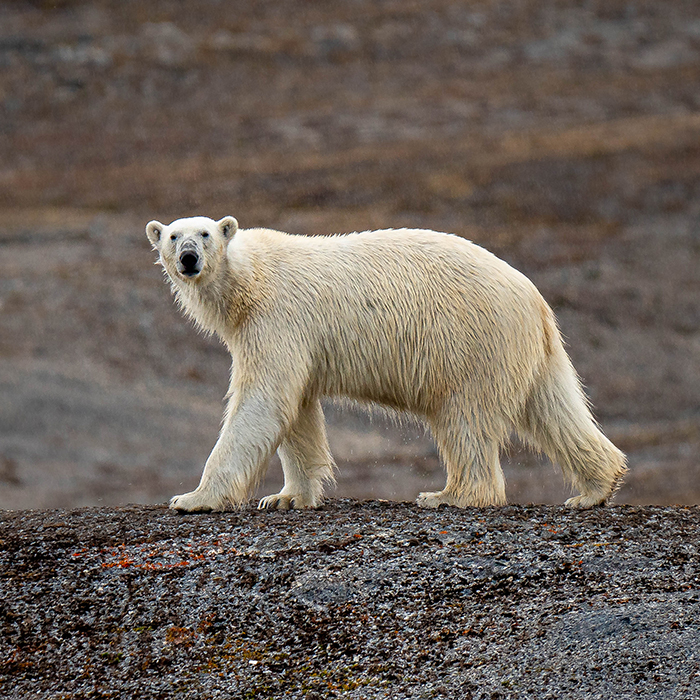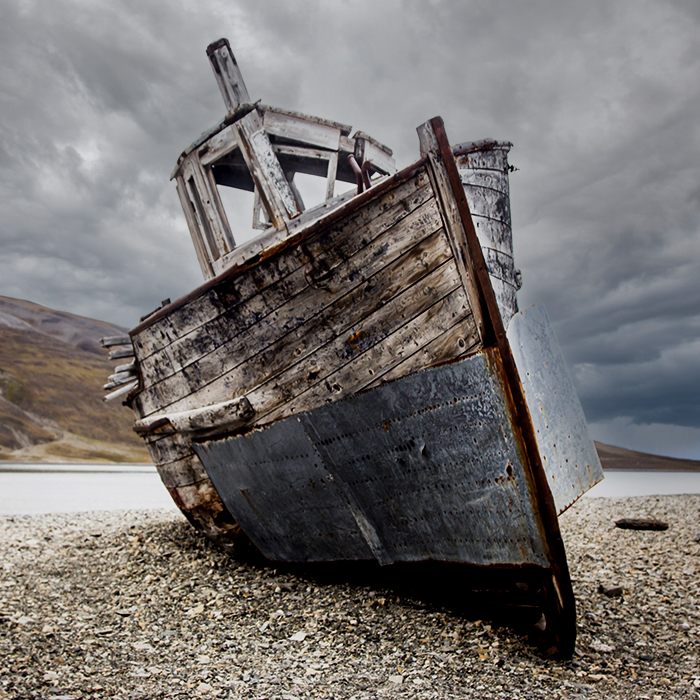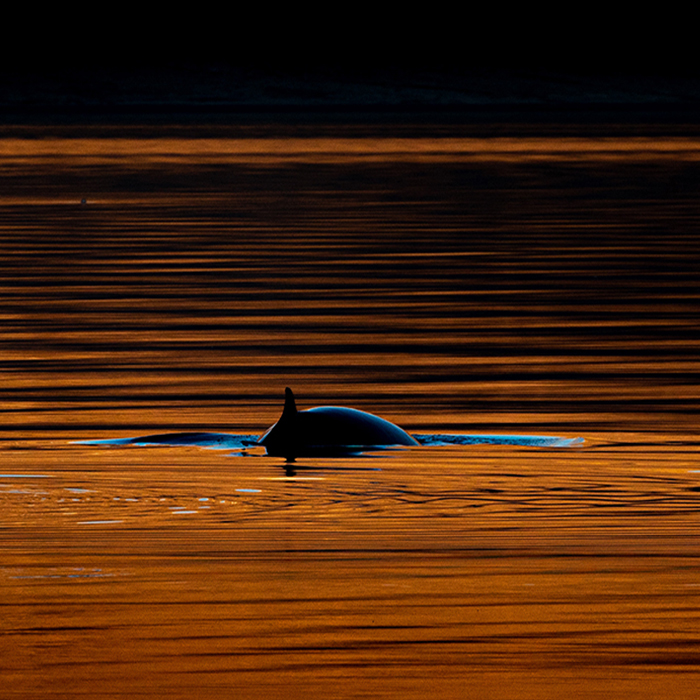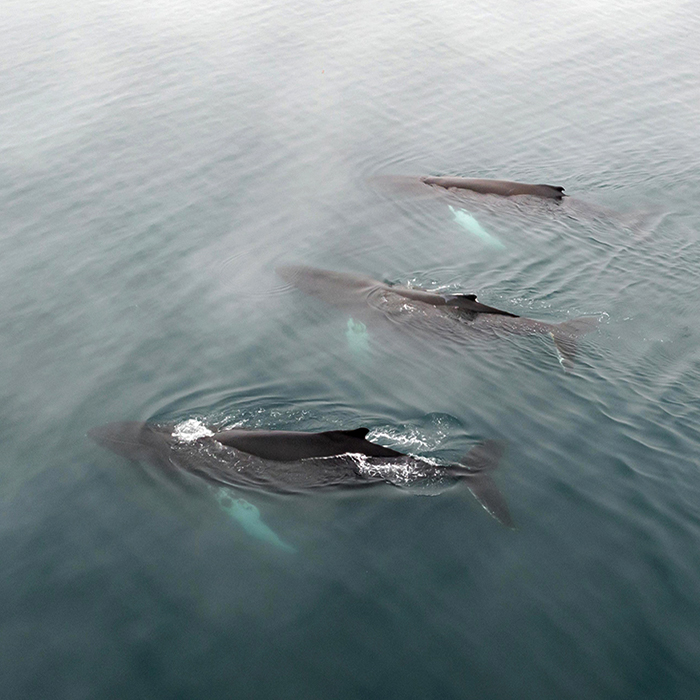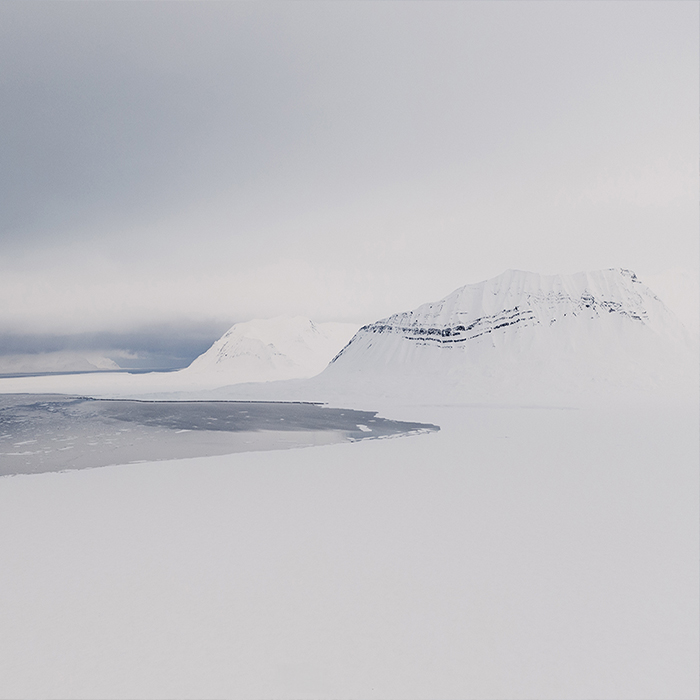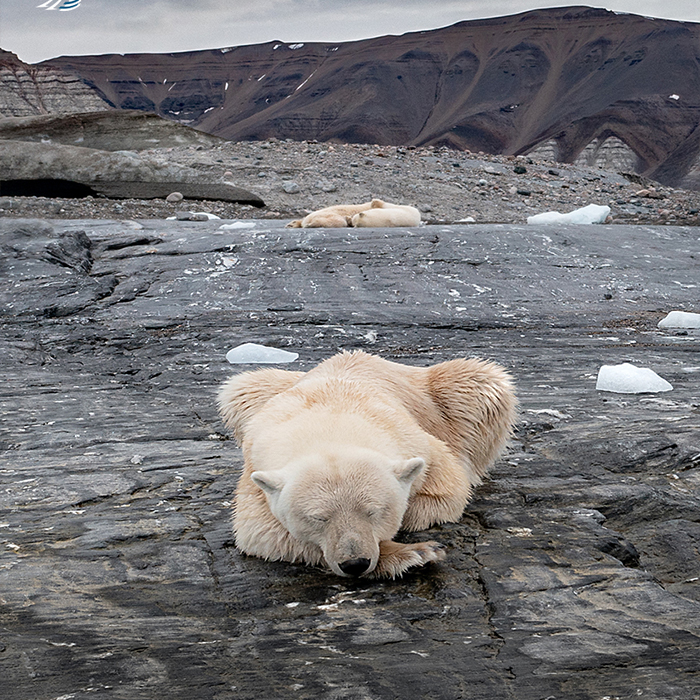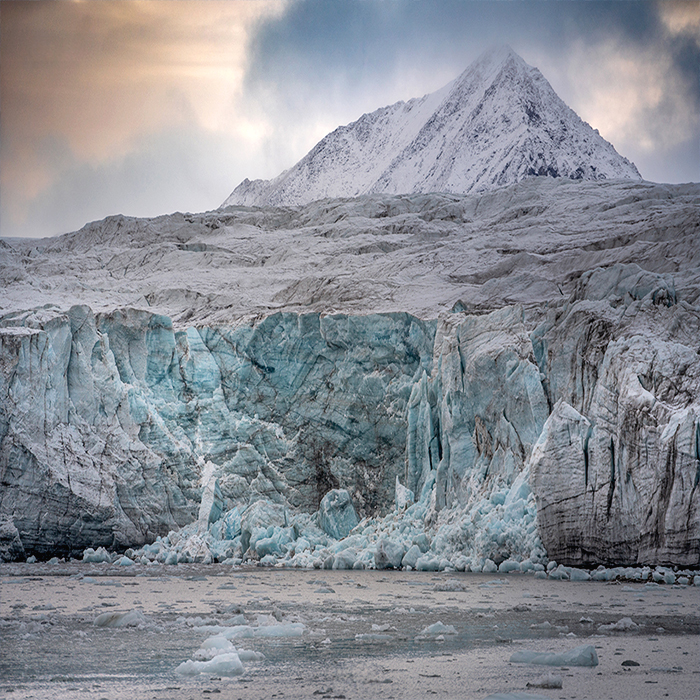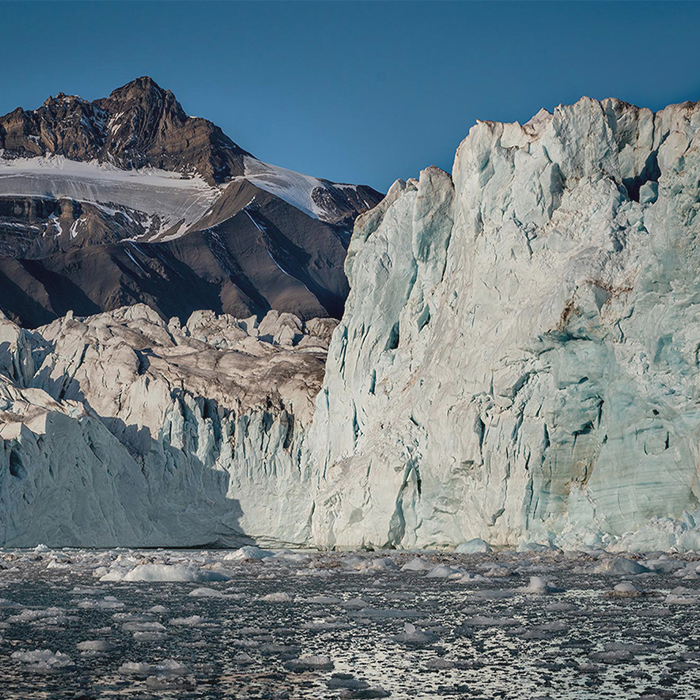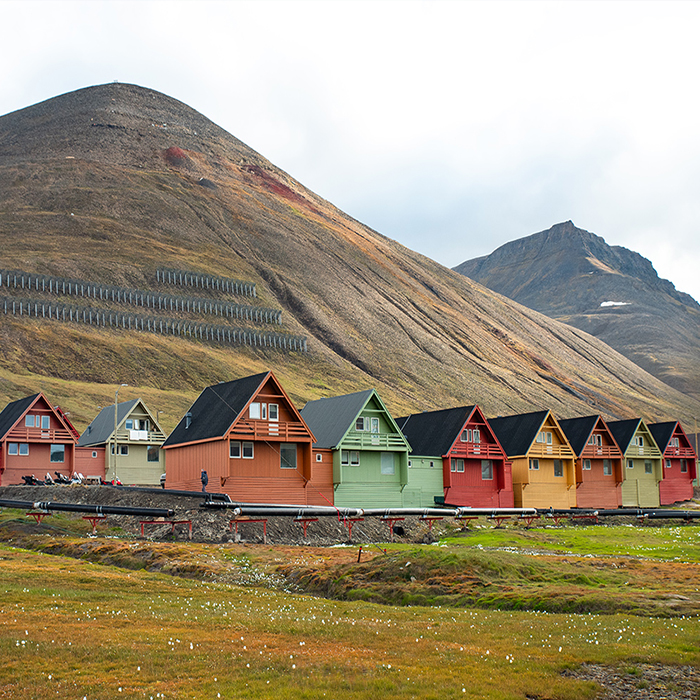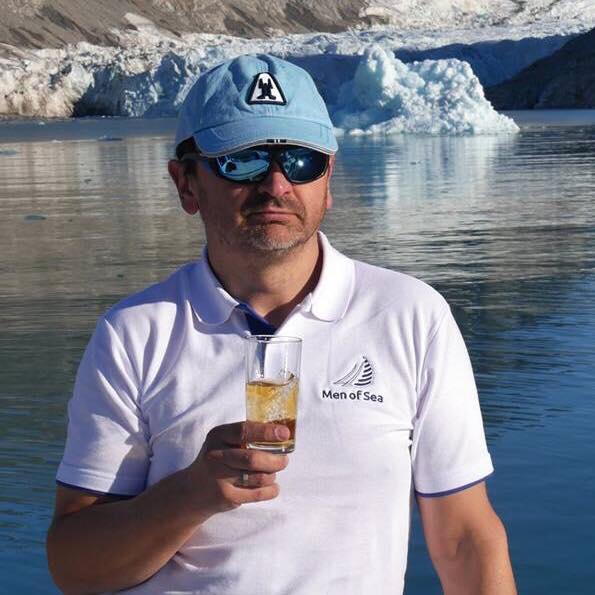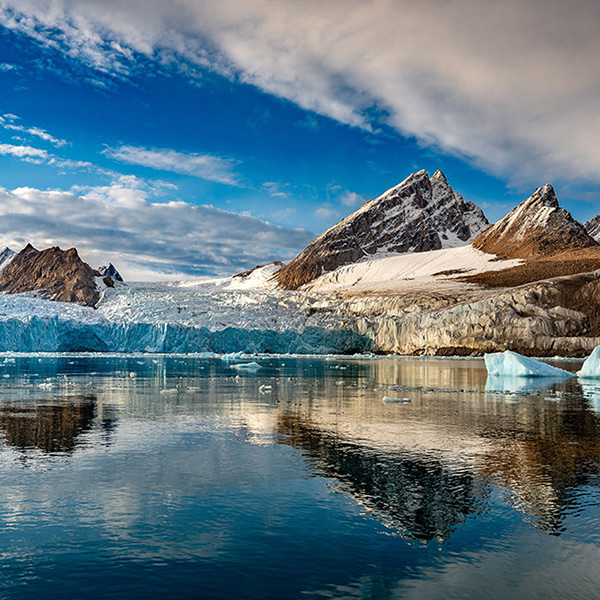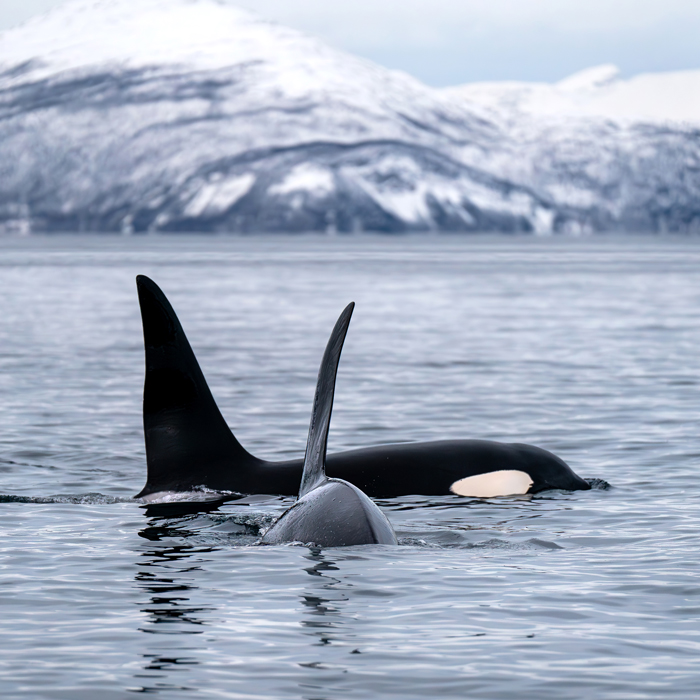Description
Join our photo safari in the remotest part of the North: Spitsbergen. We want to take you to the most beautiful places near glaciers, where we hope to observe and photograph Svalbard’s wildlife at the places where ice meets the sea. June, especially its beginning, is a time when winter battles with spring. The fjords begin to thaw, and there are more and more warmer days with good weather, but there is still a lot of snow and ice in front of the glaciers. The place where ice and the sea meet is where wild animals live. Here they rest, hunt, and wander. Like every year, we expect to encounter there Svalbard’s animals, such as seals and the polar bears that hunt them. We also look forward to seeing walruses, Arctic foxes, and herds of reindeer. Beautiful species of Arctic birds should also be present. If we are lucky, we might even see whales that come here to feast on krill. If the weather is the same like in previous years, the mountains should be covered with snow, creating unforgettable, fairy-tale landscapes. The ice fields we plan to explore will surround our yacht, creating an Arctic, otherworldly atmosphere.
This journey is a photo expedition. We choose Spitsbergen because it offers the most beautiful combination of raw nature full of ice, mountains, and sea, along with wild animals. All of this creates a perfect setting for photography. Adding the polar day, which offers 24-hour light, what more could you want? Thanks to our frequent presence in Spitsbergen, we know exactly which places will be most suitable for achieving the photo expedition’s goals. We will be there at the right time, and the participants’ role will be to quickly get accustomed to the surrounding beauty and start capturing the world through their camera lenses.
We will travel in a small group on a comfortable and safe yacht, guided by experienced guides and crew.
Who can participate?
Anyone for whom this form of travel is suitable can join our expedition. Anyone fascinated by the raw northern world, wishing to capture it in beautiful photographs. The safari is intended for both beginners who want to improve their skills and professional landscape/nature photographers who need to be in beautiful, inaccessible places. We expect numerous discussions, questions, and suggestions. The expedition involves active participation, with participants taking part in yacht life by engaging in watch duties, thereby co-creating and shaping the course of the journey. Everyone must share the wonderful, creative atmosphere of the trip and the beautiful place of Svalbard, and we know from experience that shared passions bring people together.
Recommended equipment:
Camera
Set of lenses (if possible)
– telephoto: 70-200, 70-300, 150-600, or another with a similar range
– wide-angle: 14-24, 15-30, or another with a similar focal range
Set of full and graduated neutral density filters for the lenses (appropriate for the lens diameters owned, e.g., 72, 77, 82mm, or square filters with a holder for the lens)
2-3 additional batteries for the camera. Originals or cheaper alternatives – all charged + charger
Tripod, remote release cable, or an installed app for camera > phone communication
If possible, bring a rain cover for the camera and lens, although rain in Spitsbergen at this time is rare.
Those wishing to bring a drone should contact us earlier.





